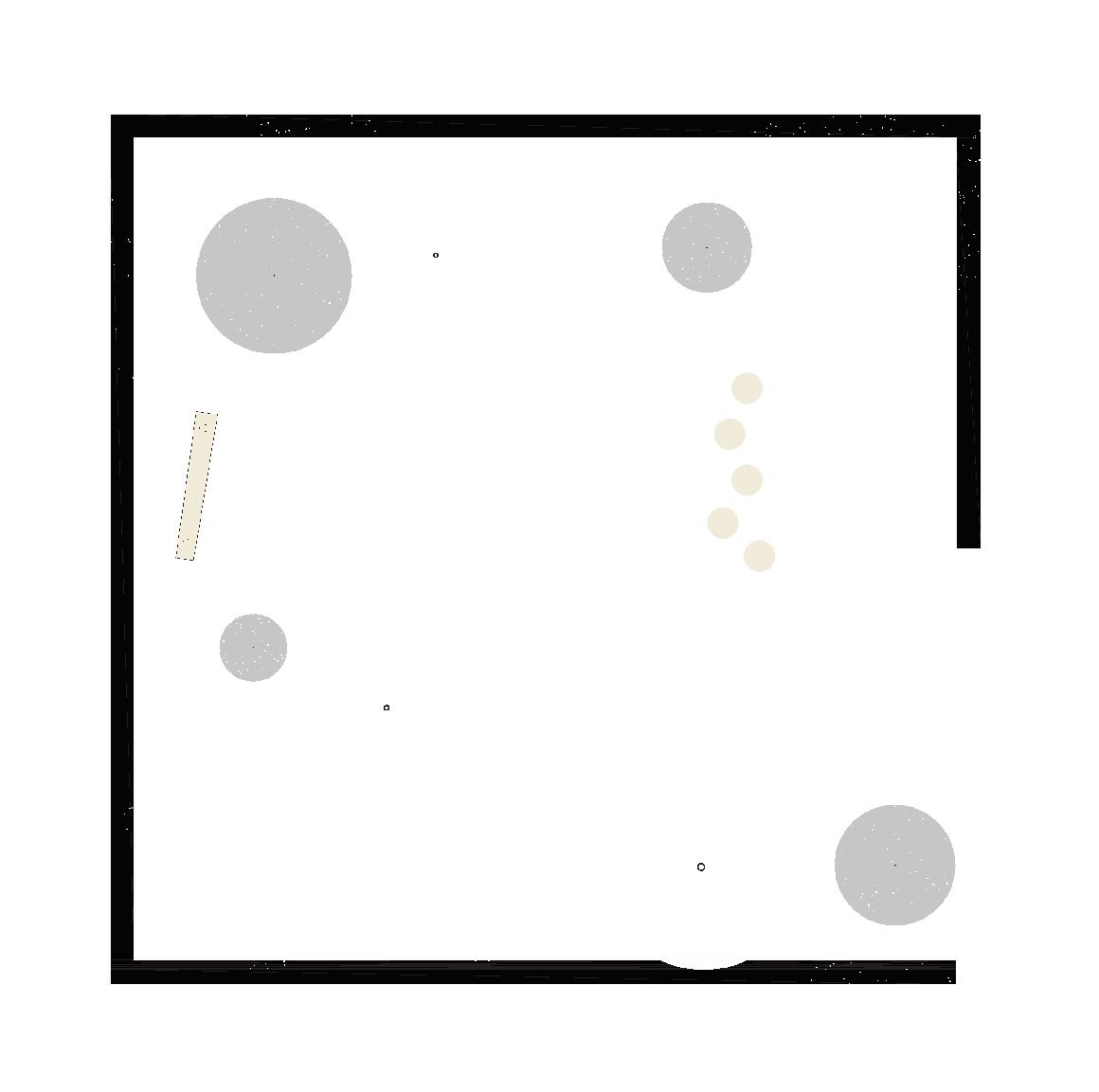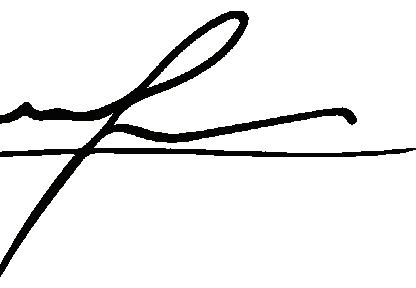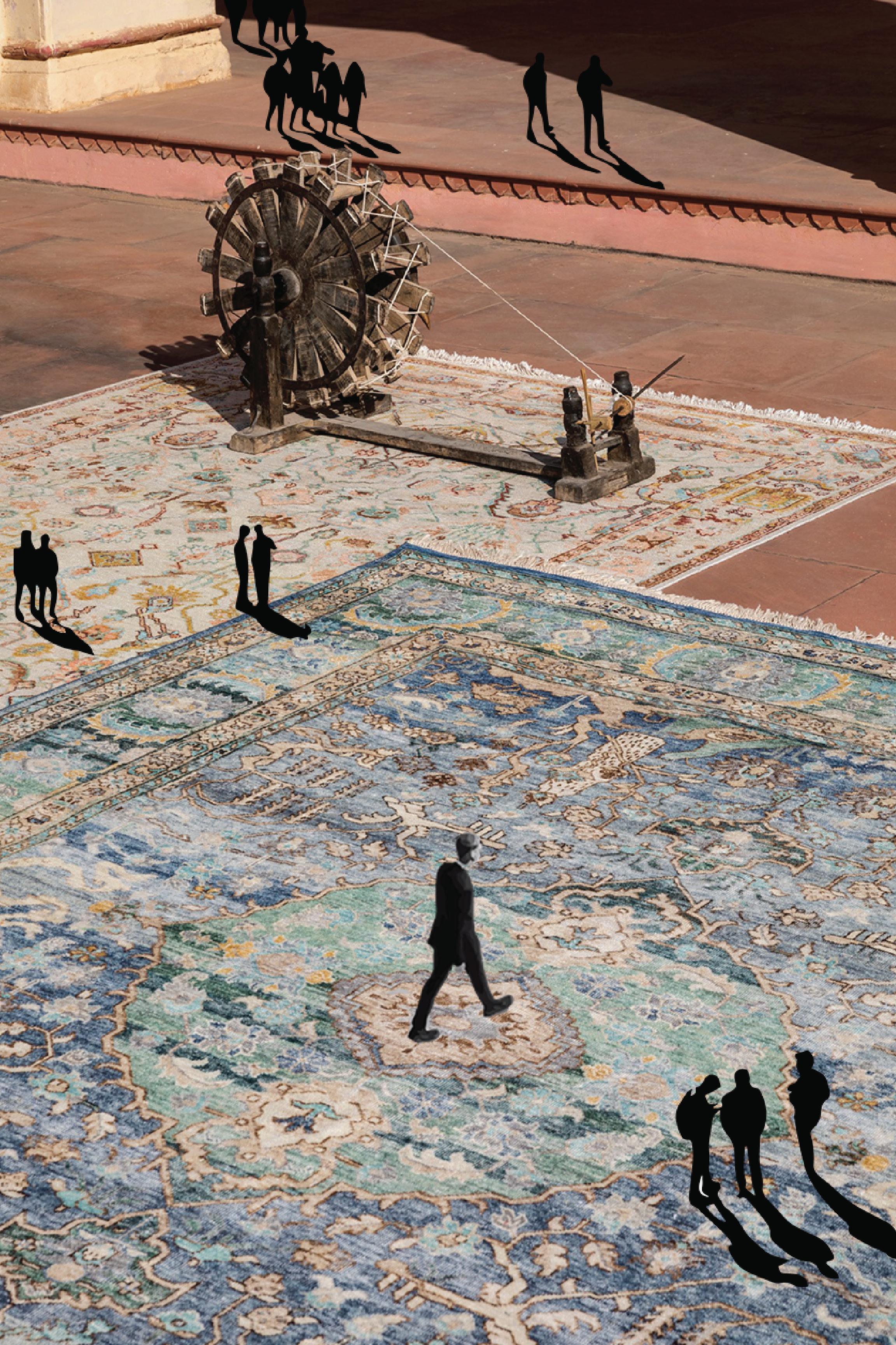

Portfolio
Youssef Bouery
Youssef Bouery
Paris, France
Agricultural Engineer Landscape Designer | Experiences
+ 33 7 67 44 46 40 / + 961 71 856 488 boueryyoussef@gmail.com | |
Education
MSc. Urban Agriculture & Green Cities
Institut Polytechnique UniLaSalle
Rouen, France | 2023 - 2024
Biotechnology, Erasmus+ Program
Université Bretagne Sud | UBS
Lorient, France | 2021
Agricultural Engineer Diploma
Holy Spirit University of Kaslik | USEK
Kaslik, Lebanon | 2017 - 2022
Expertise
• Landscape design
• Project management
• Tender preparation
• Client relations & negotiation
• Team leadership
• Marketing & Sales
Softwares
• Autodesk Autocad
• Adobe Photoshop
• Adobe InDesign
• Adobe Illustrator
• Microsoft Office 365
• Rhino 3D
Languages
• Arabic (native language)
• French (advanced)
• English (advanced)
Activities
• Scouts of Liban | Chief of Clan (2016 - 2018)
• Boxing (2016-Present)
Landscape Designer | Freelance Beirut, Lebanon | Jan 2025 - Present
• Developed comprehensive landscape concepts and technical documentation for private projects in Lebanon, emphasizing ecological design principles and enhancing biodiversity.
Landscape Engineer Intern | Atelier Lignes et Les Cocottes Urbaines Rouen, France | May 2024 - Dec 2024 (8 months)
• Drafted and finalized project documentation (proposals, quotations, Bills of Quantities, and technical/graphic deliverables) and prepared bid submissions for various tenders.
• Consulted with local stakeholders and citizens, leading educational workshops and supporting site visits for renaturation initiatives
• Planned and designed projects including a 3,600 m² urban agriculture space under the Quartiers Fertiles program and plant palettes for multiple sites.
• Collaborated with Egis on the stormwater park in Aviron, overseeing meetings, conducting site diagnostics, and proposing design solutions.
Freelance Landscape Engineer | Nafas Batroun, Lebanon | Oct 2023 - Nov 2023 (2 months)
• Designed a comprehensive 3,000 m² permaculture project, including plant palette selection, full planning, and site implementation oversight.
Showroom Manager | Nature by Marc Beyrouthy Kaslik, Lebanon | Oct 2022 - Aug 2023 (11 months)
• Reviewed products (plants, fertilizers, decorations) and designed their presentation for optimal visual appeal.
• Organized stock for efficient logistics.
• Trained staff in sales and communication techniques.
• Managed a team of five people.
Landscape Engineer | Nature by Marc Beyrouthy Kaslik, Lebanon | Feb 2022 - Aug 2023 (1 year & 6 months)
• Designed private gardens integrating sustainability, aesthetics, and respect for the environment.
• Managed and coordinated the execution of seven weekly projects.
• Prepared technical and financial responses to tenders.

Contents
Introduction
Unlike other industries such as architecture, the landscape industry has yet to experience significant paradigm shifts. Landscapes take a long time to mature, making change more gradual.
While architecture works with static material, where the final result is visible as soon as the design is executed, landscape design involves dynamic, living materials plants that evolve over time.
Designing with nature means designing with time, which introduces an added layer of complexity and sophistication. My work embraces this challenge, addressing ecological, cultural, and functional needs through conscious design.
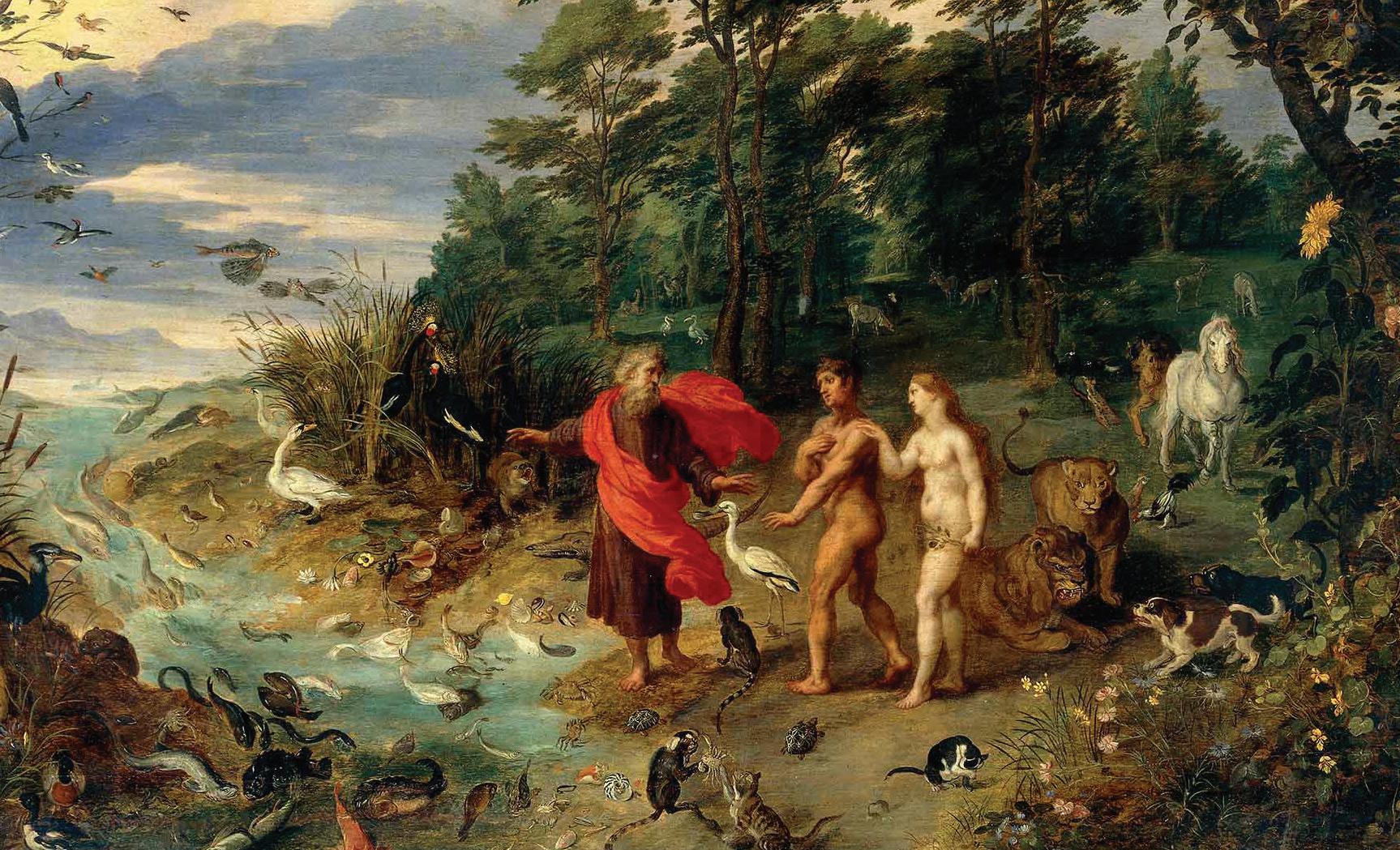
La Ferme des Hauts
Loreate of the Quartier Fertile de Rouen
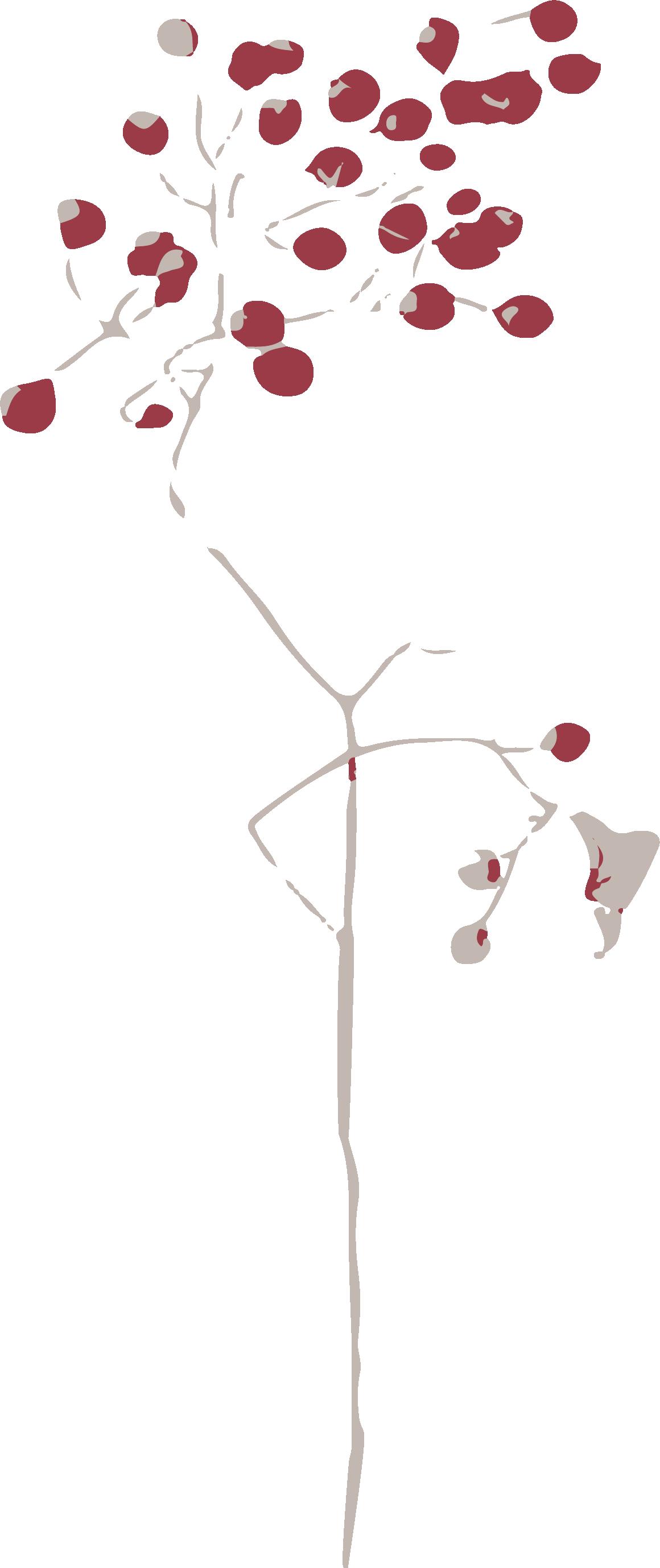
Situated in the insecure neighborhood of Les Hauts de Rouen, this project aimed to transform the space into a safe and welcoming environment.
The space was feminized by incorporating elements that evoke a softer, more inclusive atmosphere.
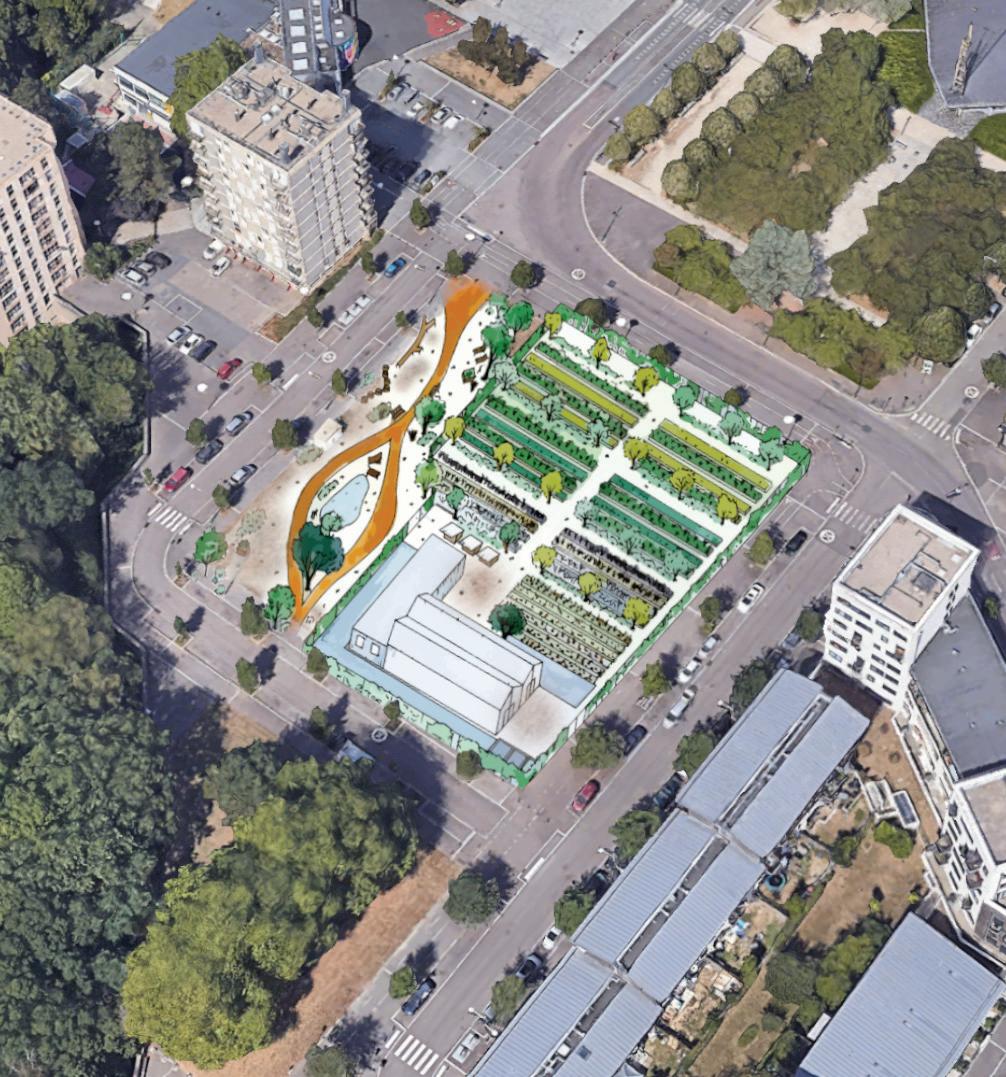
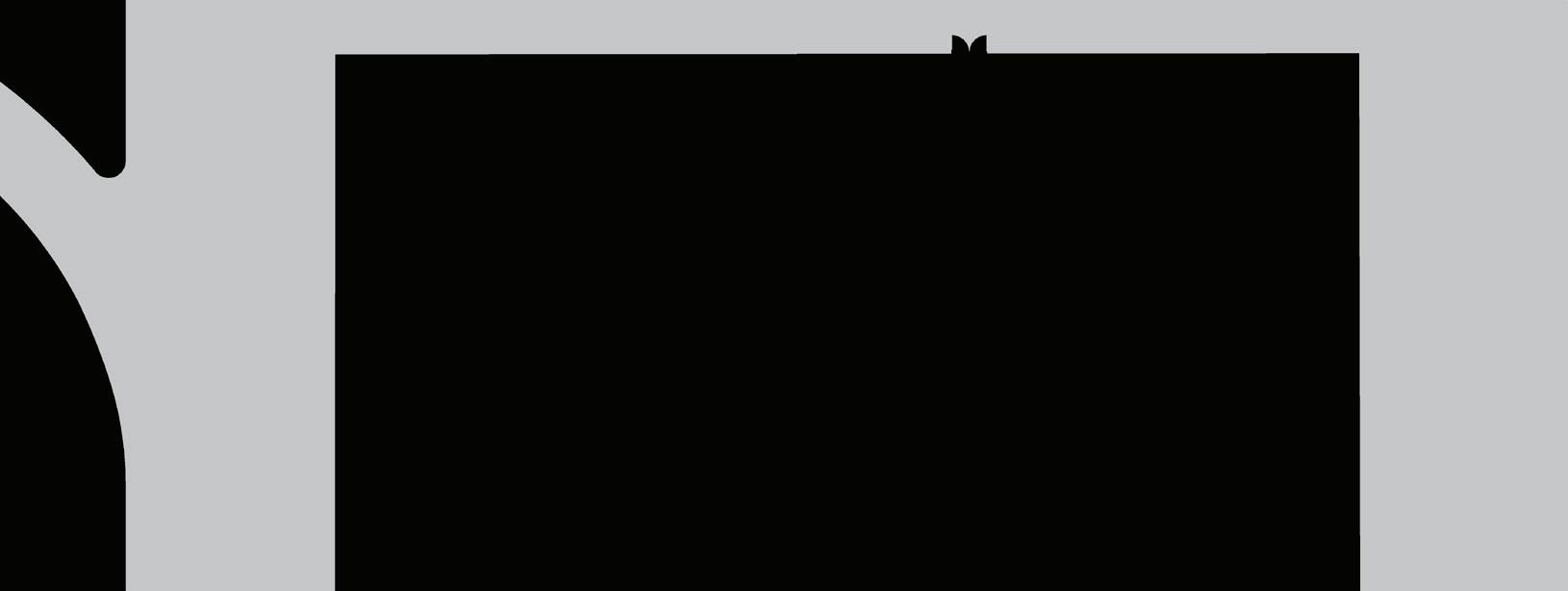





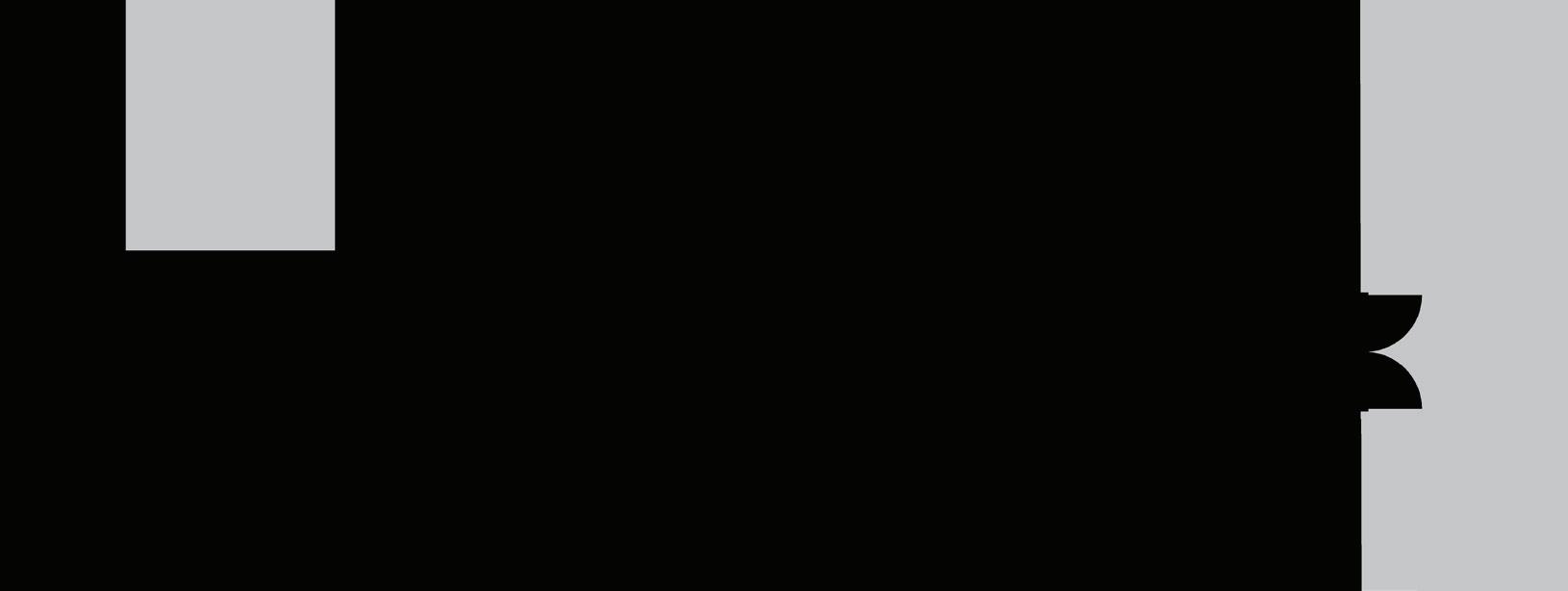

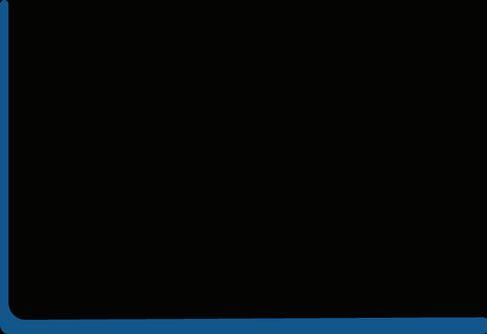





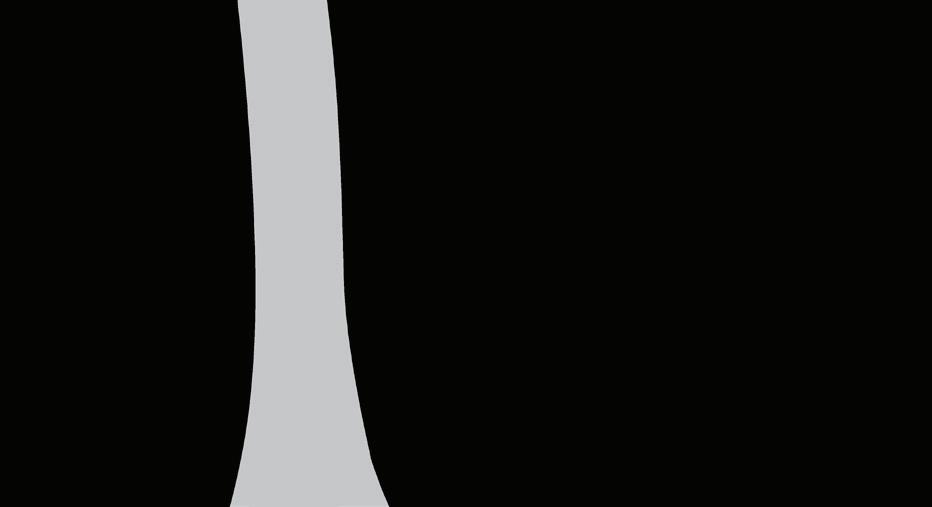

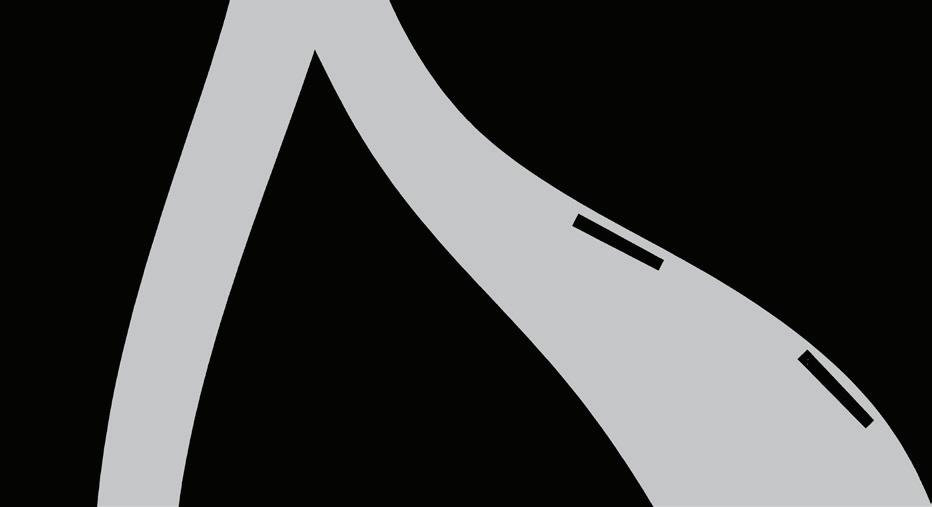




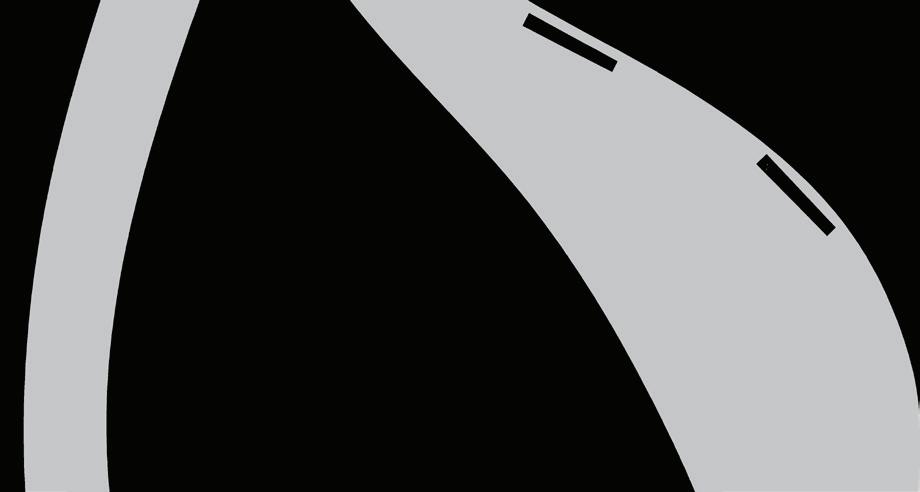





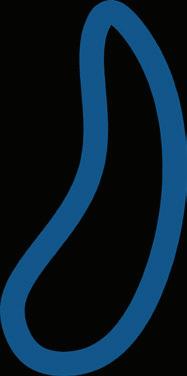








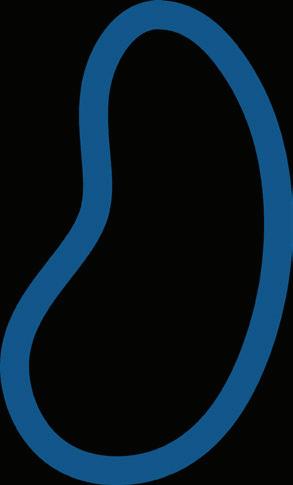






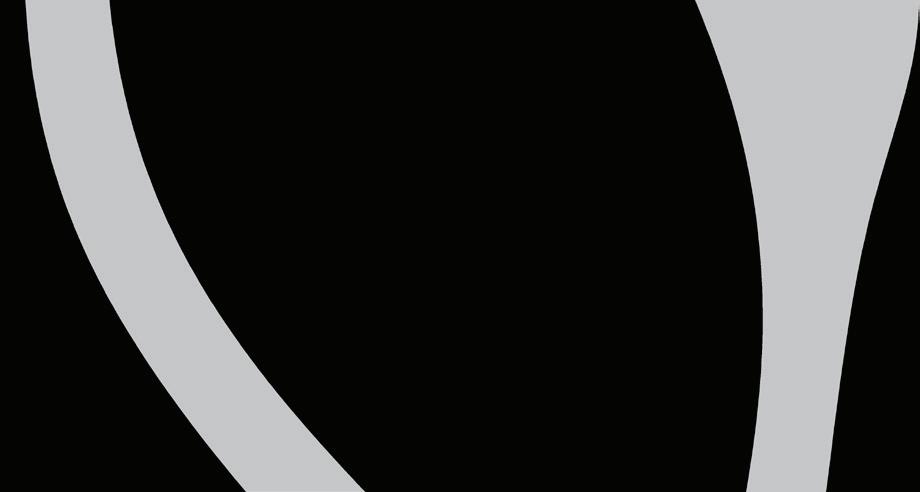
















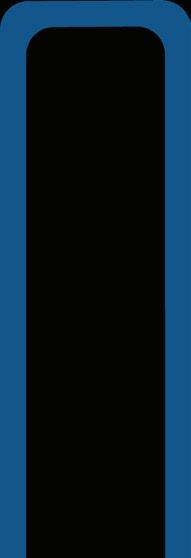
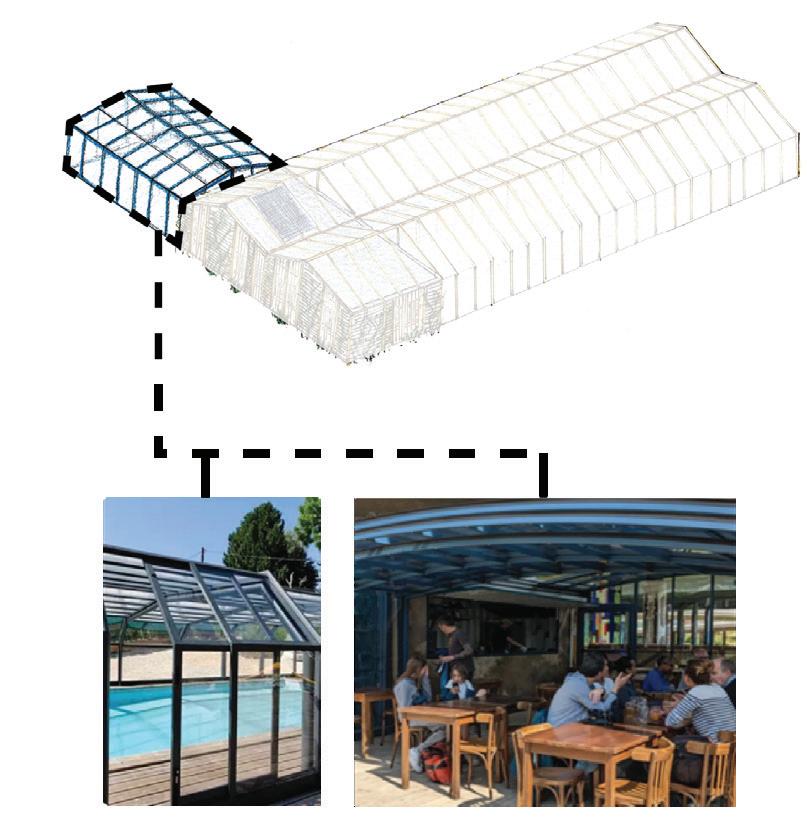
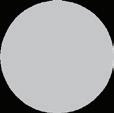

















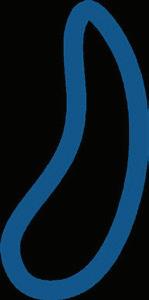




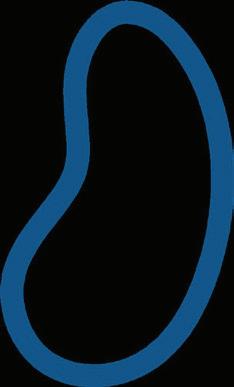





















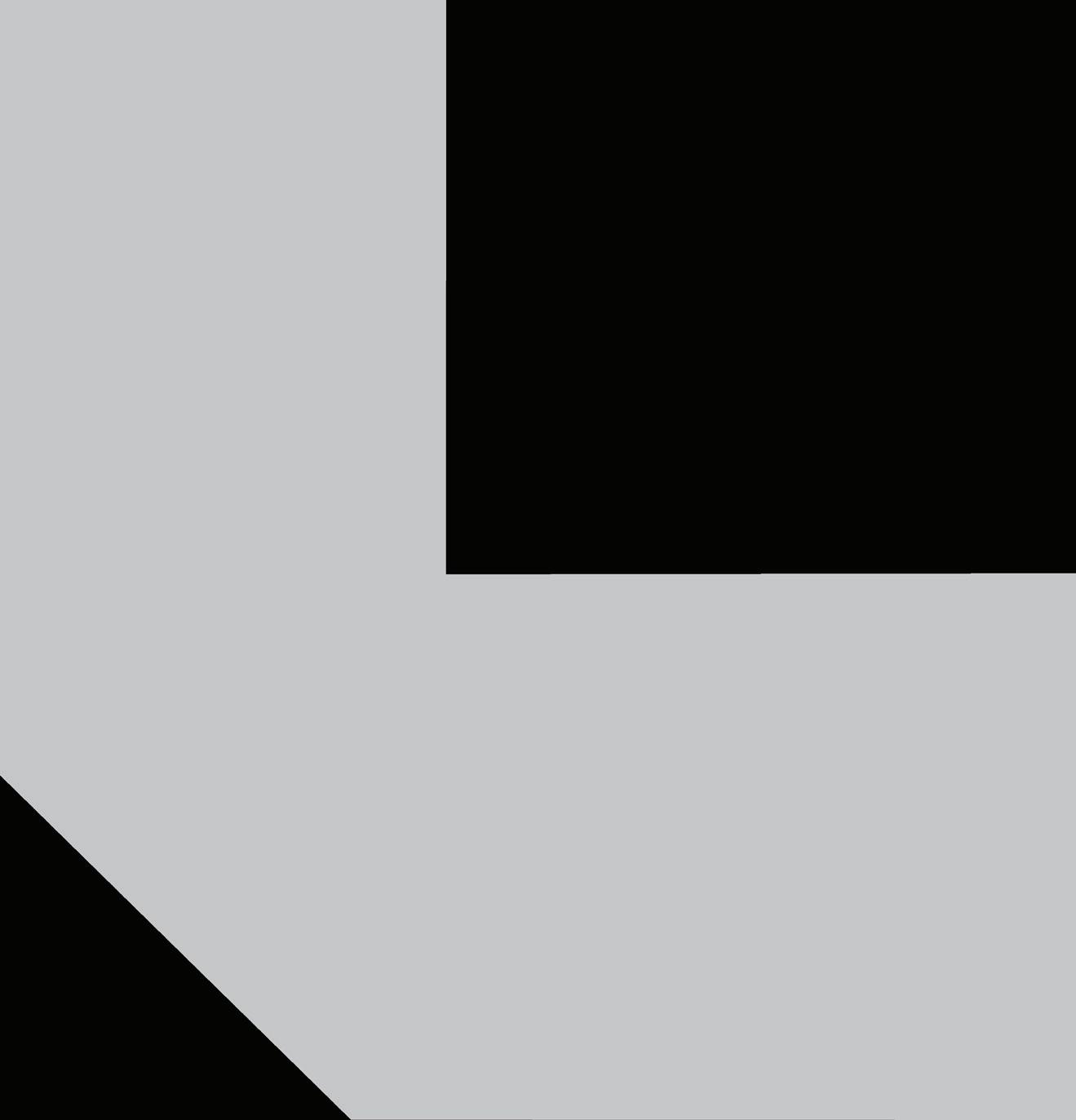




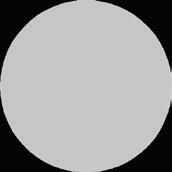
Option1:
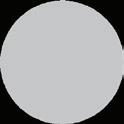


This option focuses on renaturing the space, including a microforest to bring life back into the site.










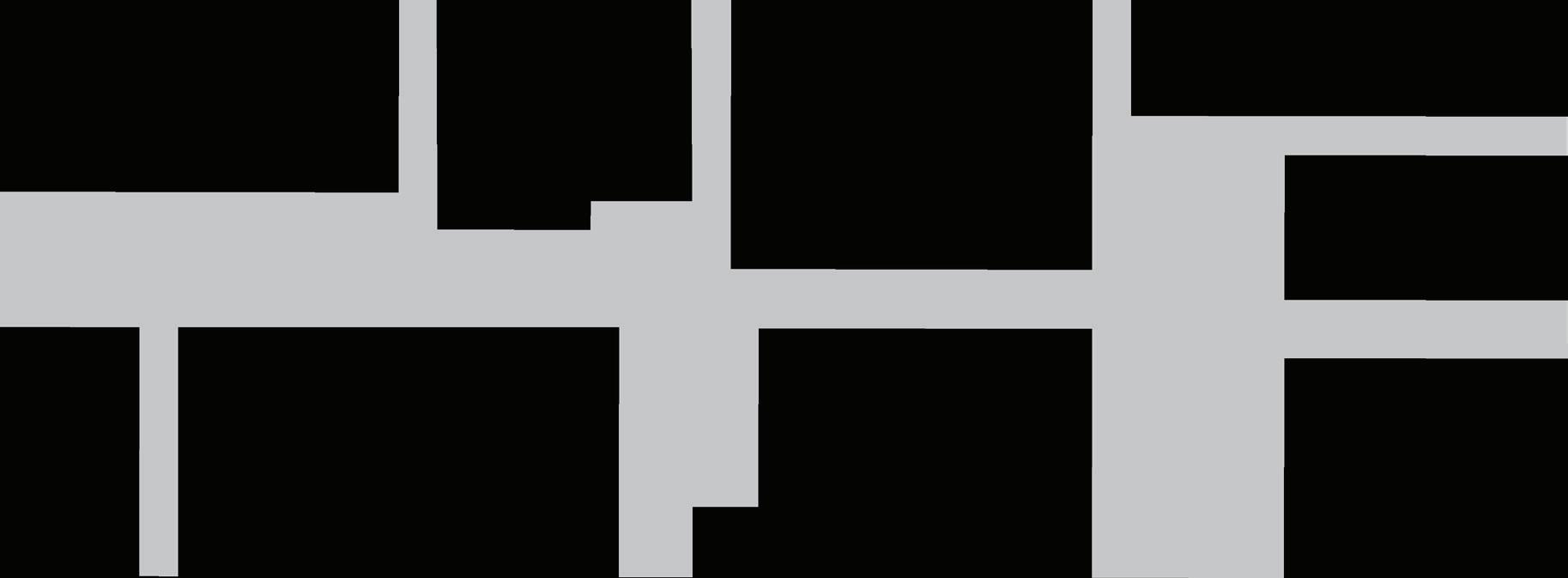

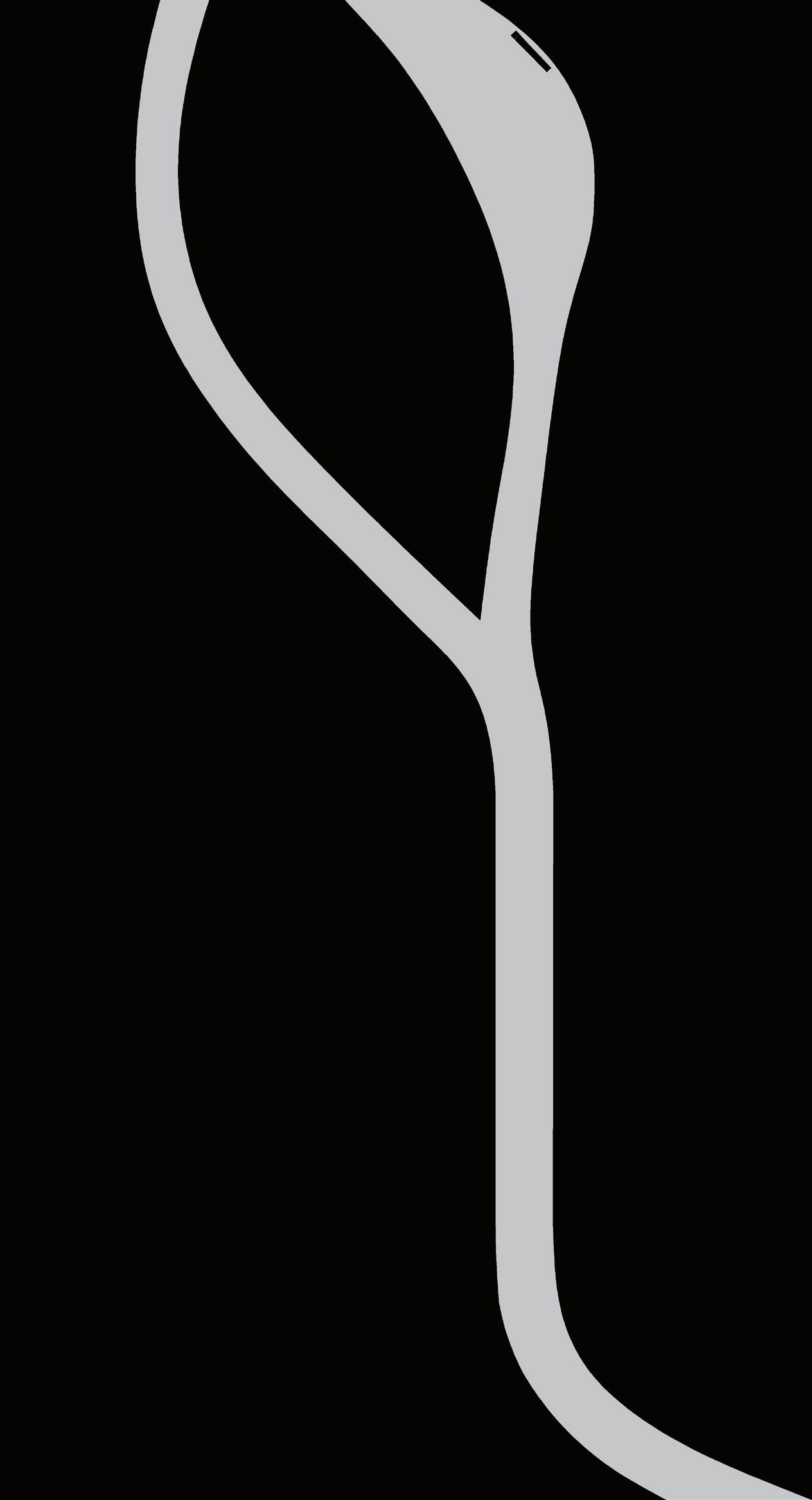
































































Option 2 :



The design is tuned to the area›s cultural diversity by integrating artistic elements from various traditions: Asian, Middle Eastern, and North African cultures.



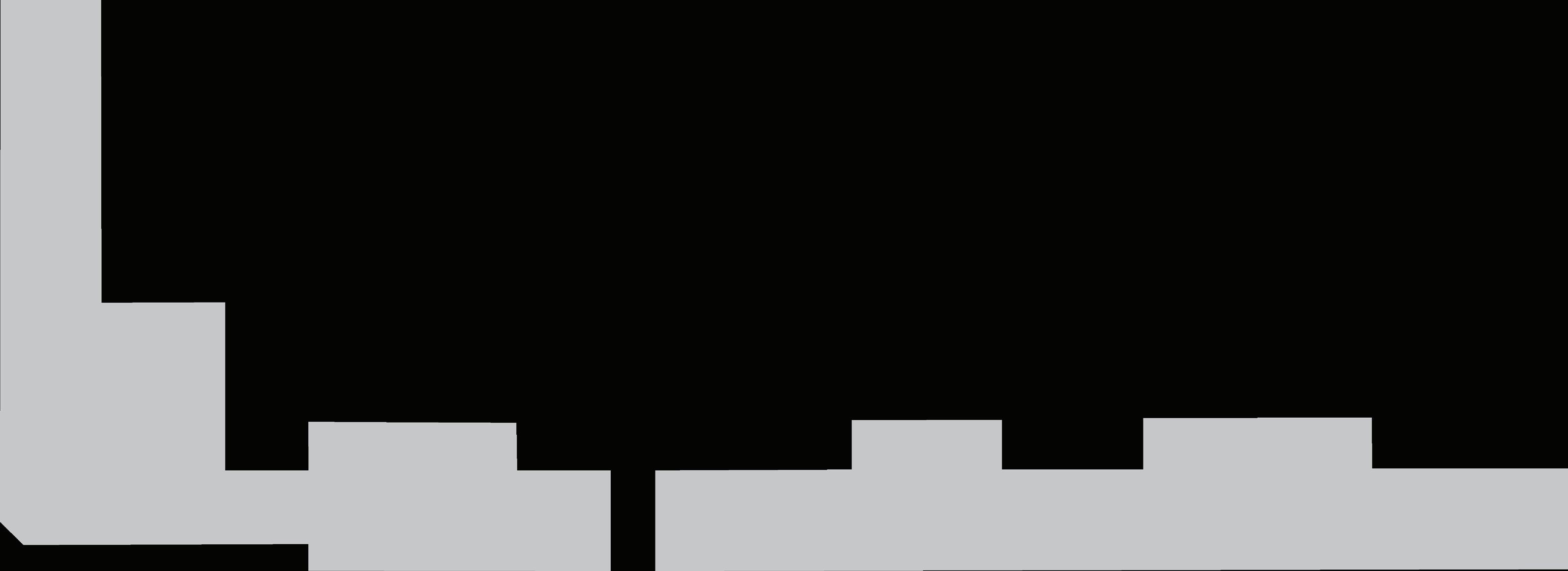

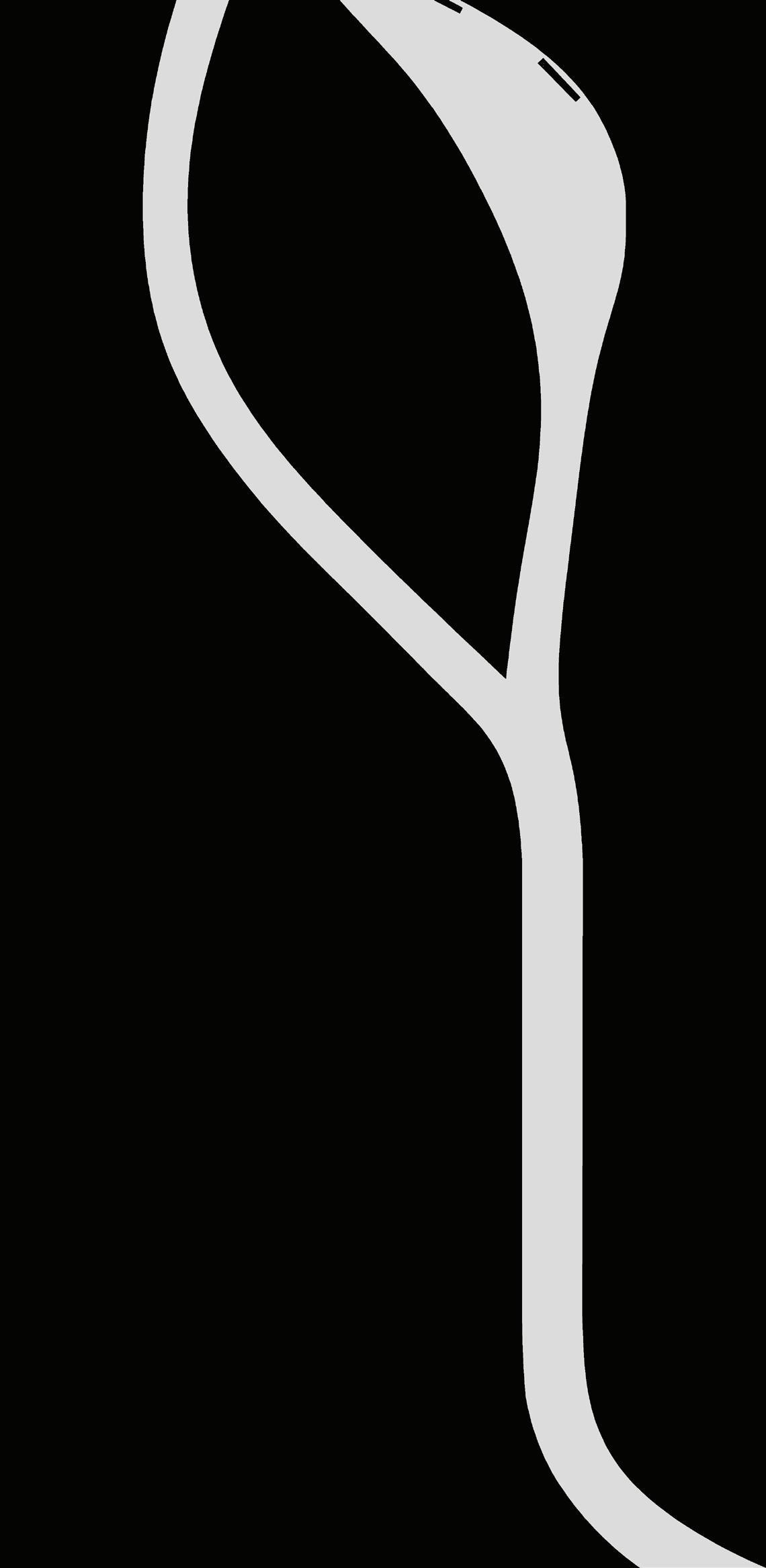
This approach reaches a sense of community and belonging among the residents.









































Les Baux Sainte Croix
Private Garden

The client’s vision for their private garden was a natural forest that would be a private retreat. They sought a design that would mimic native nature.
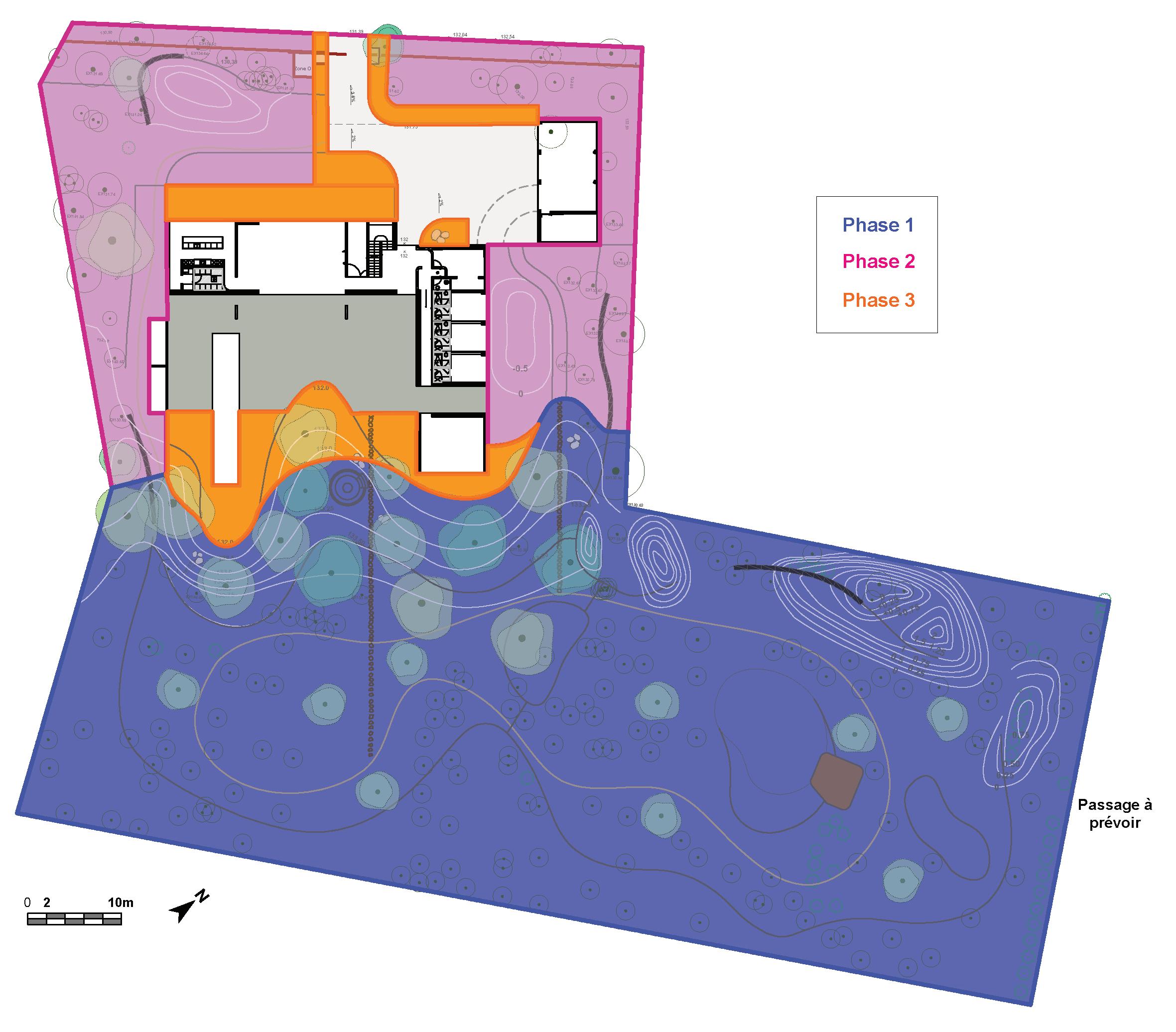
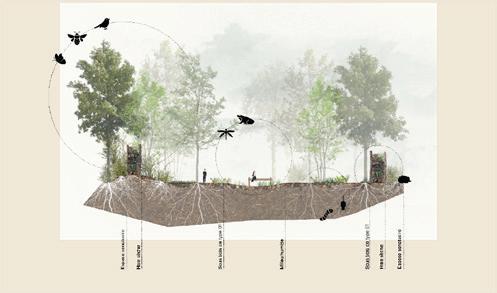
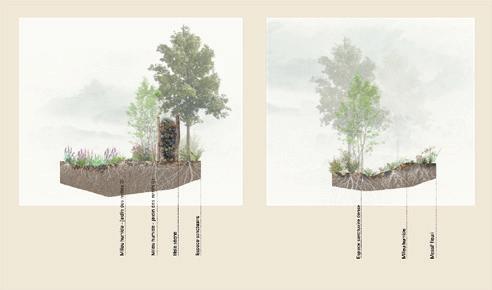
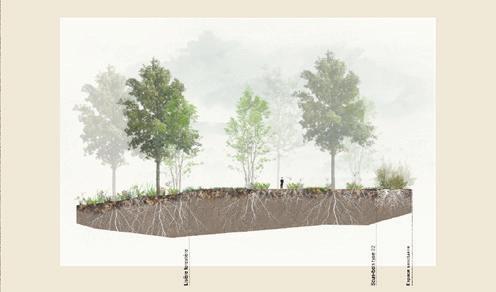
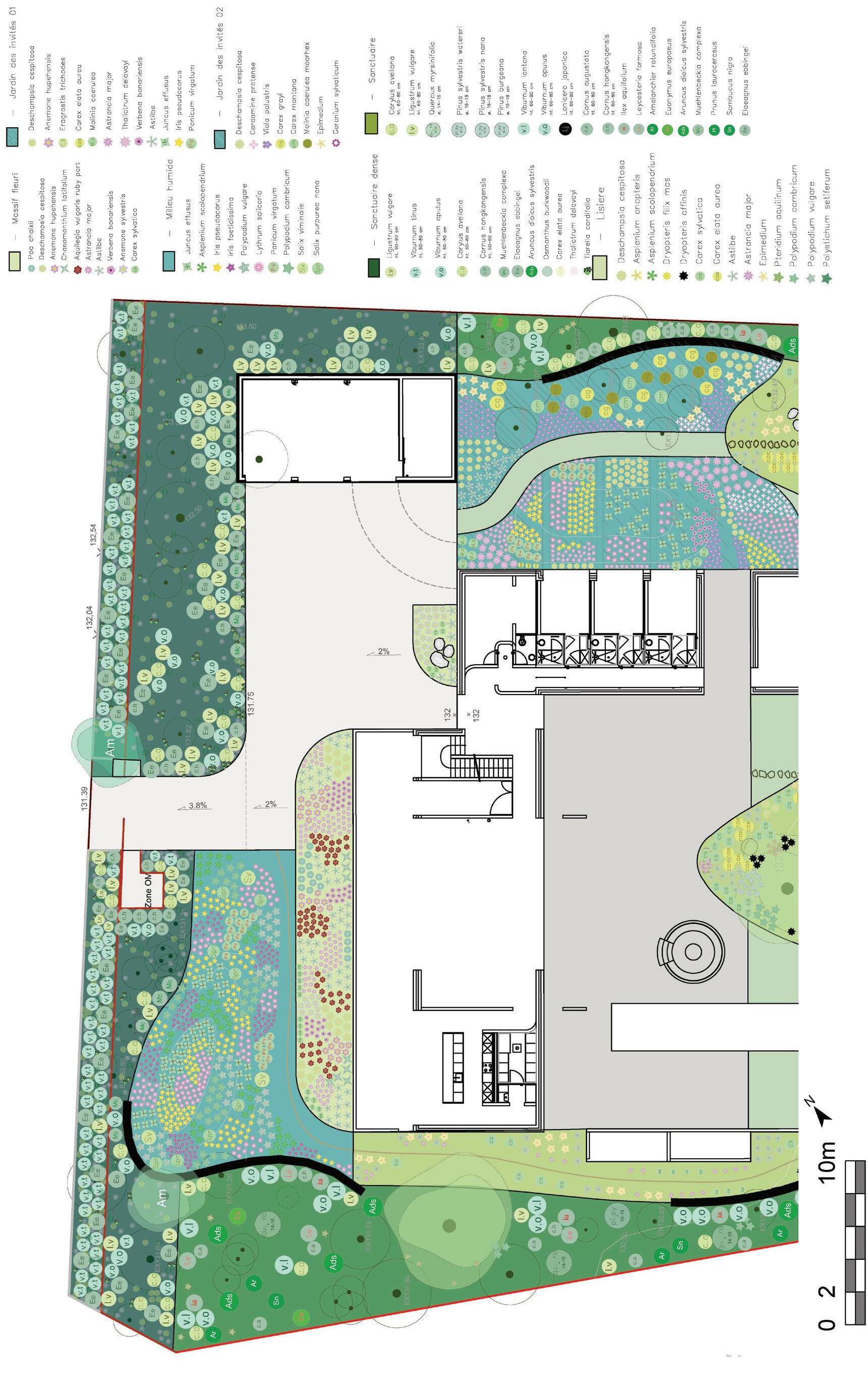
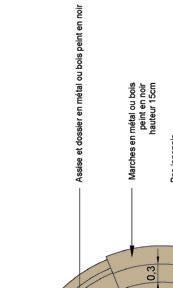
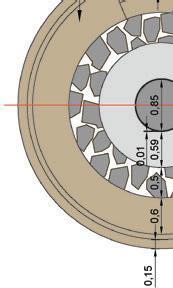

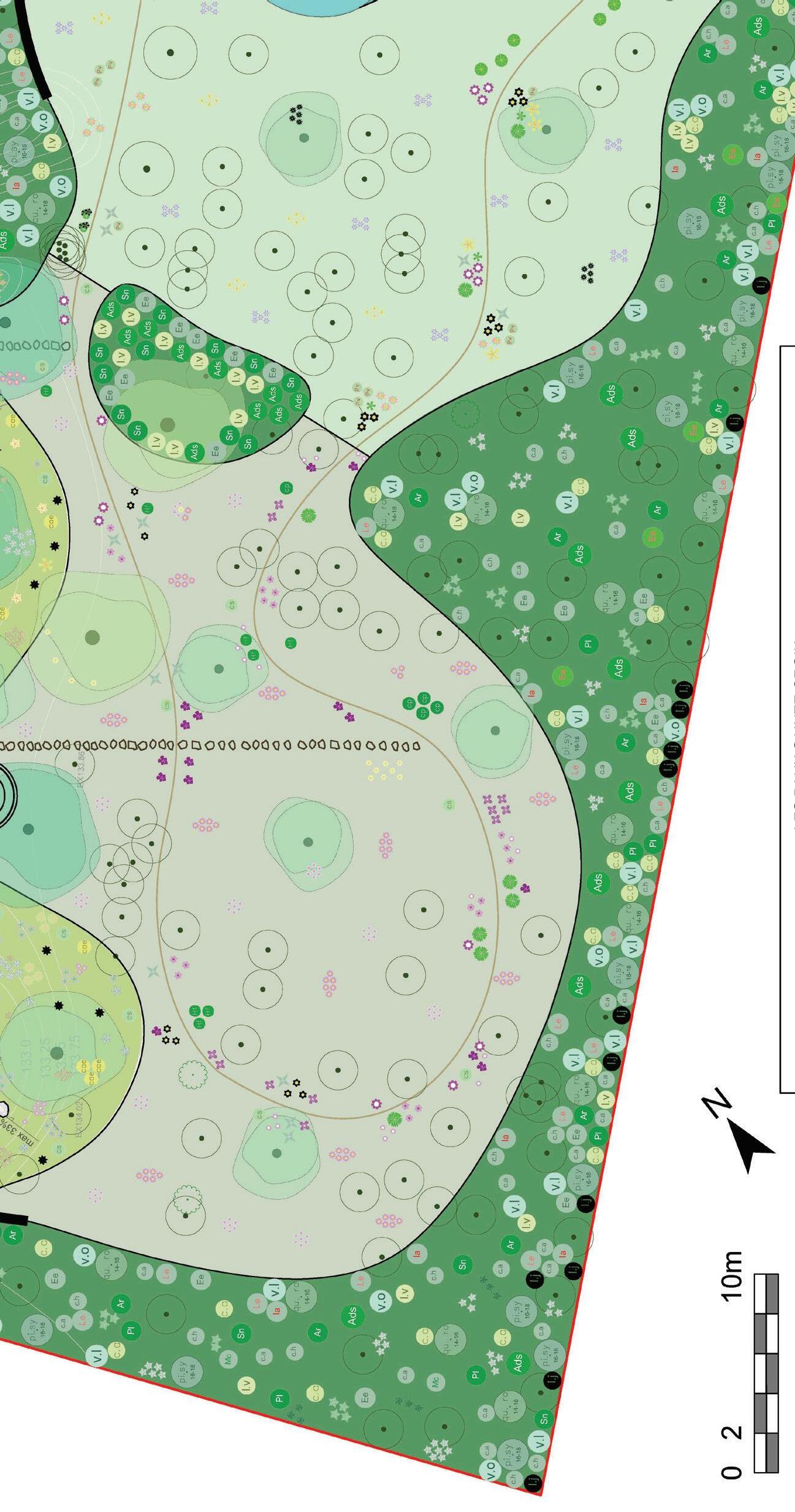
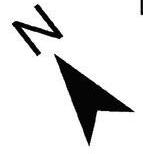
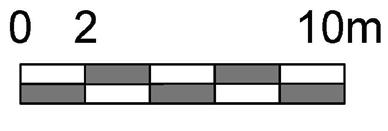
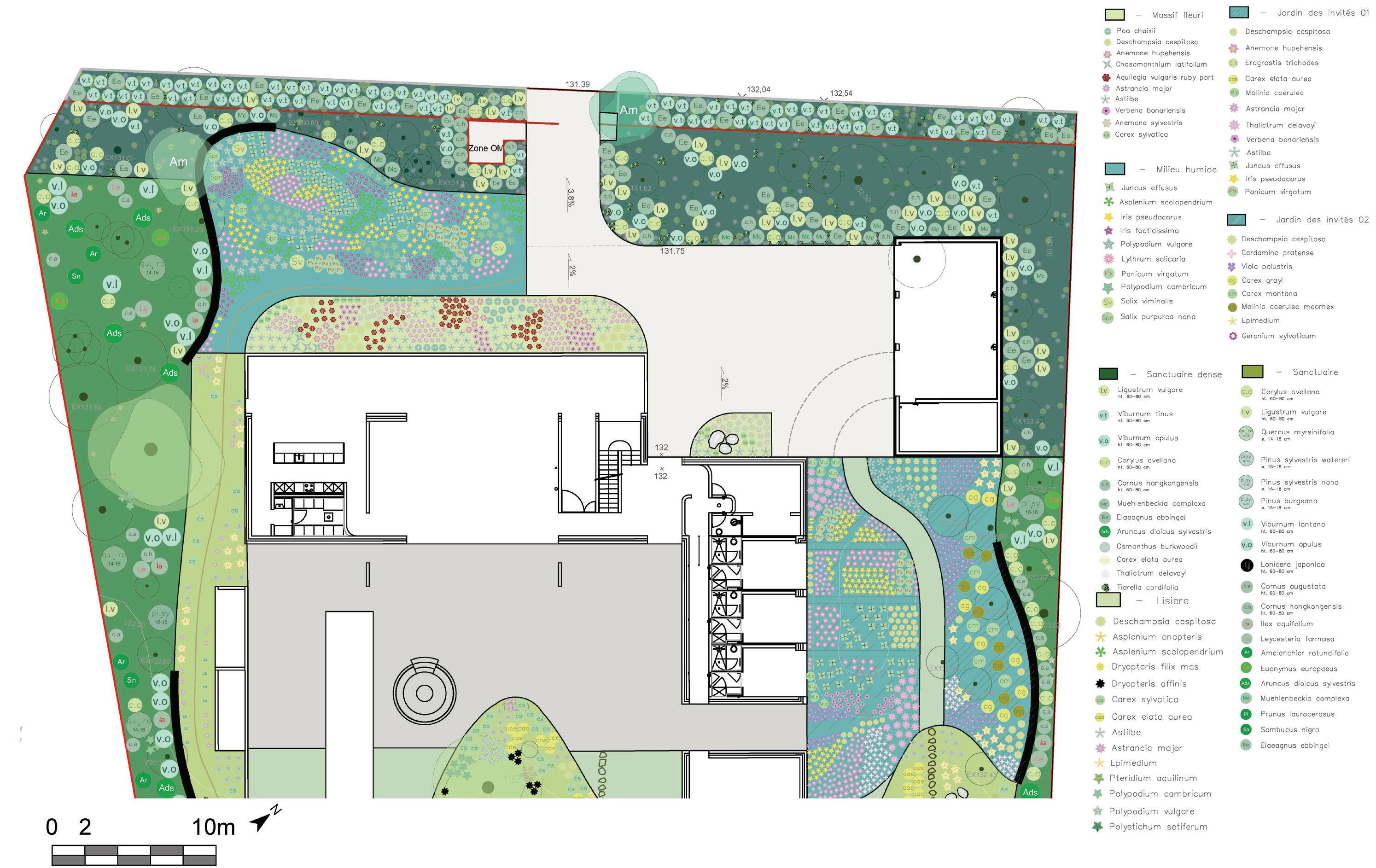
Client Work
Project #1
Concept :
The grass is multicolored on the other side.
The existing landscape is already somewhat chaotic in terms of positioning...
To amplify this to our advantage, I’m embracing a chaotic order.

Design :
The lawn is intentionally “infested” with flower patches, balancing the unproportionnality with textures and colors, so the previous scape positioning will seem intentional (removing plants was not a good idea).
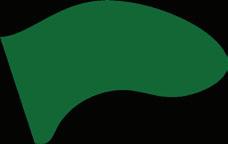
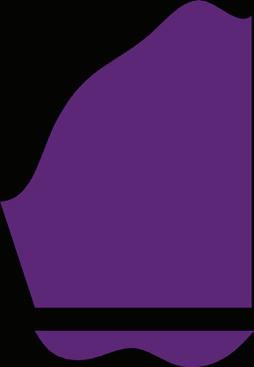
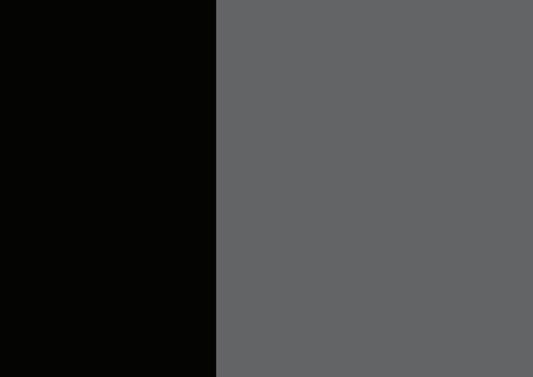

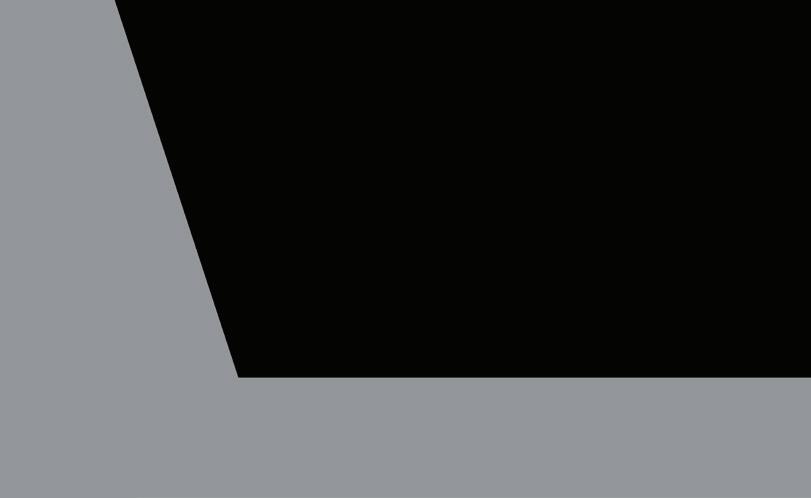




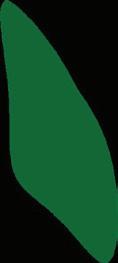

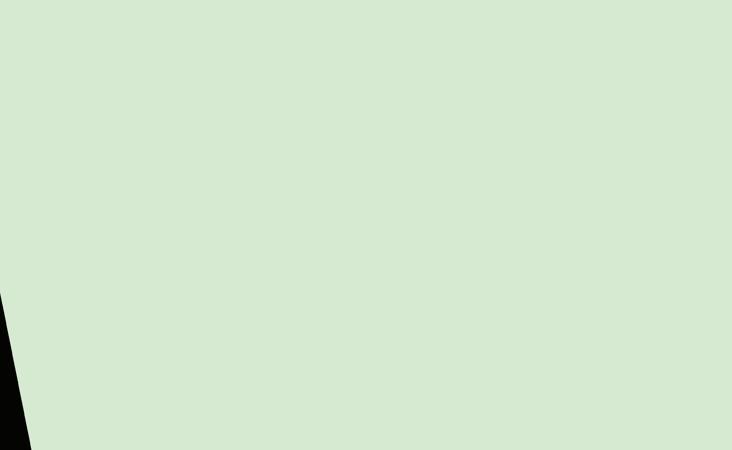
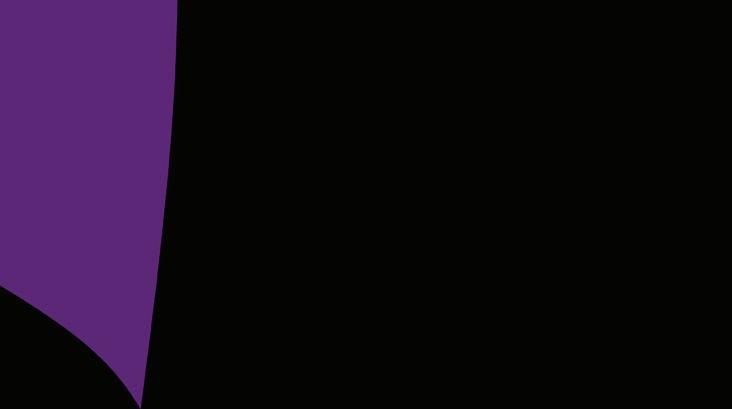


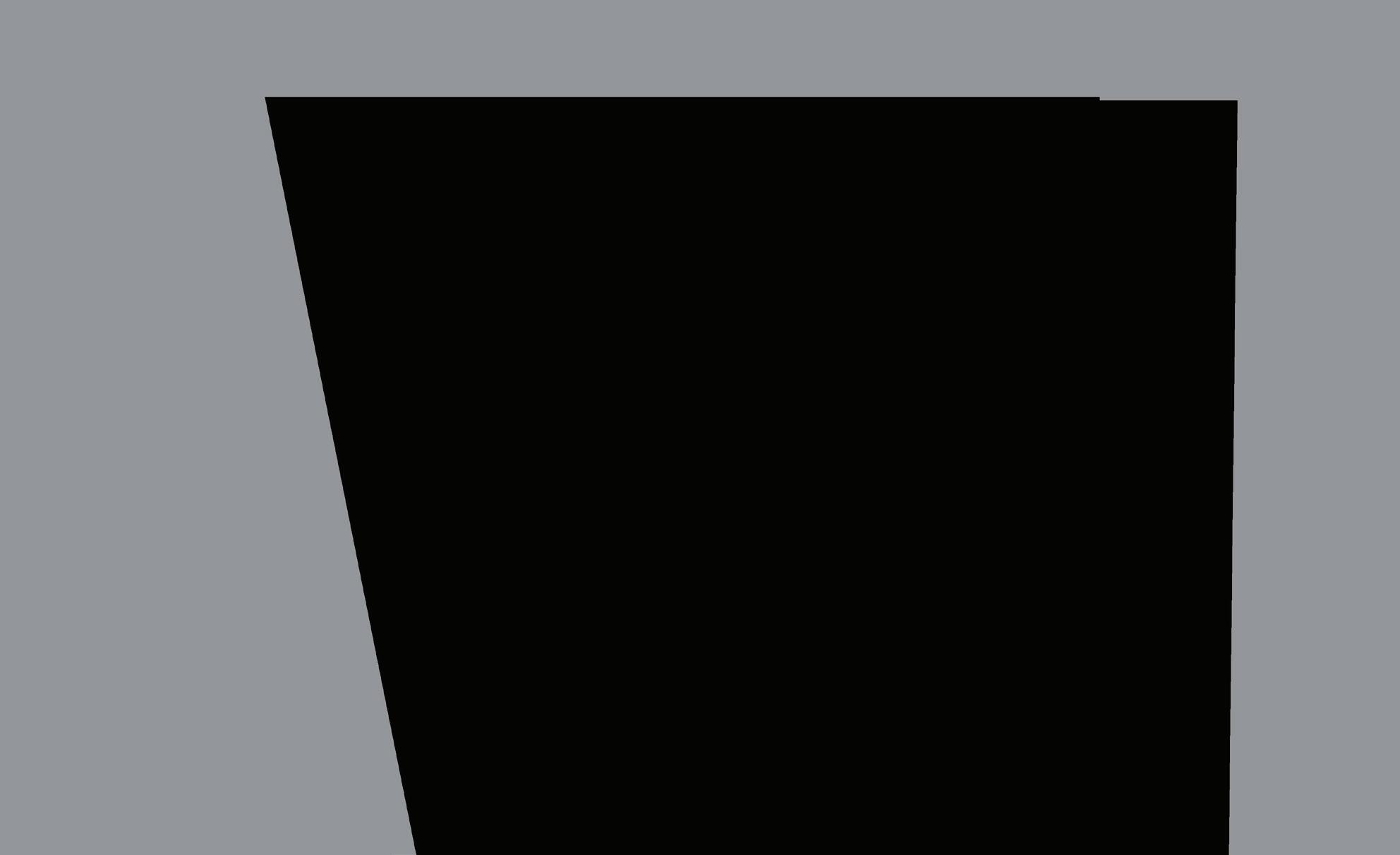

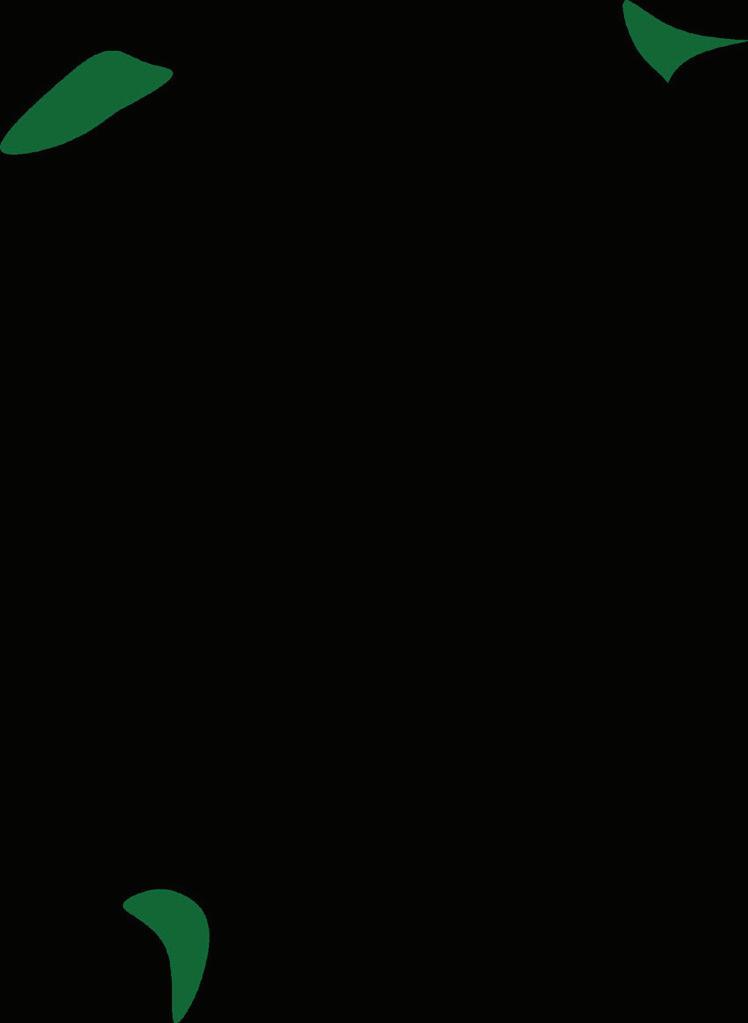


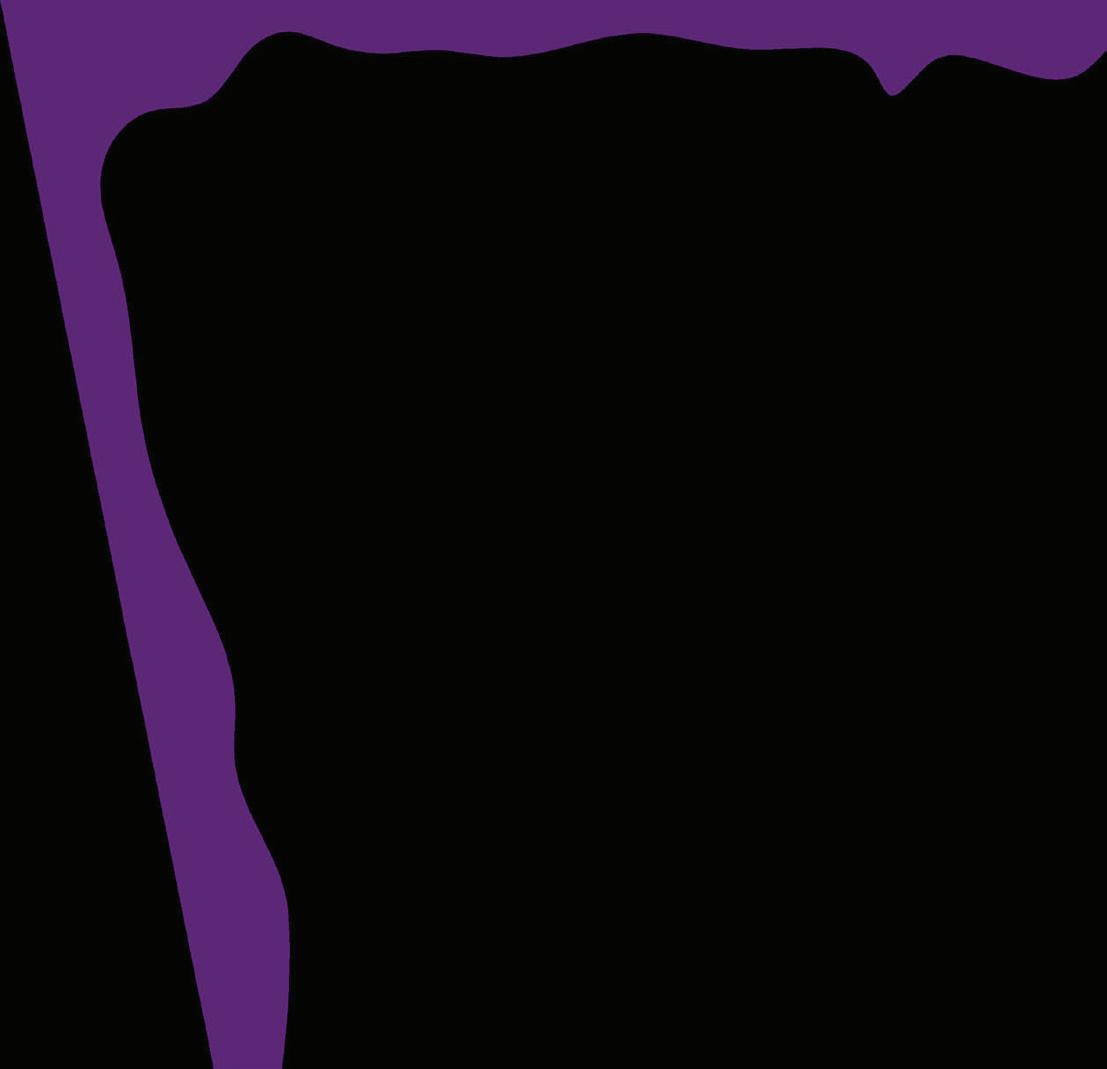
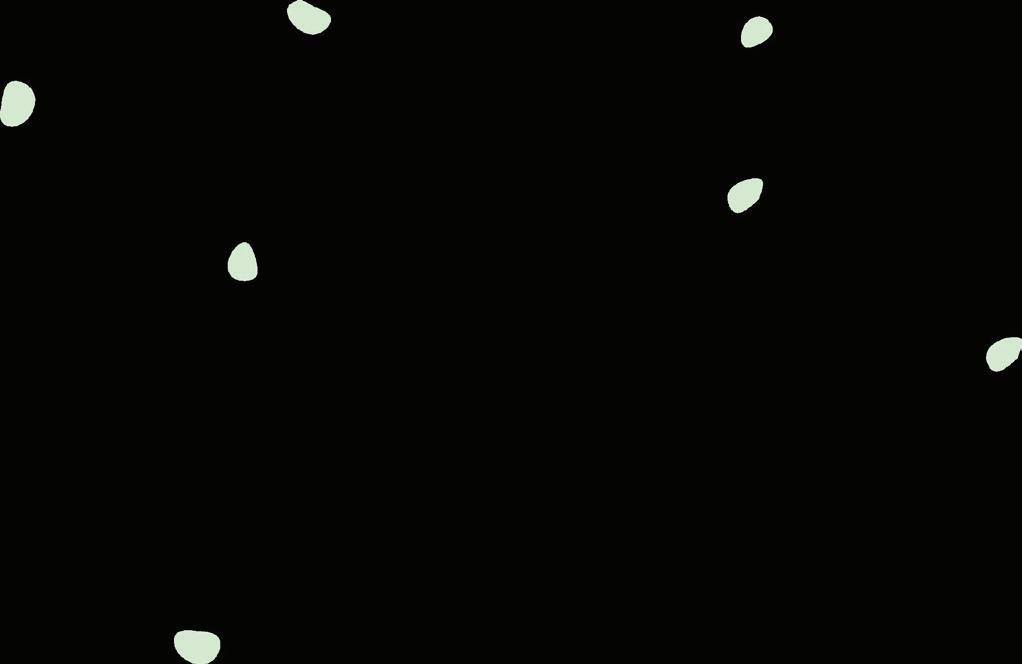
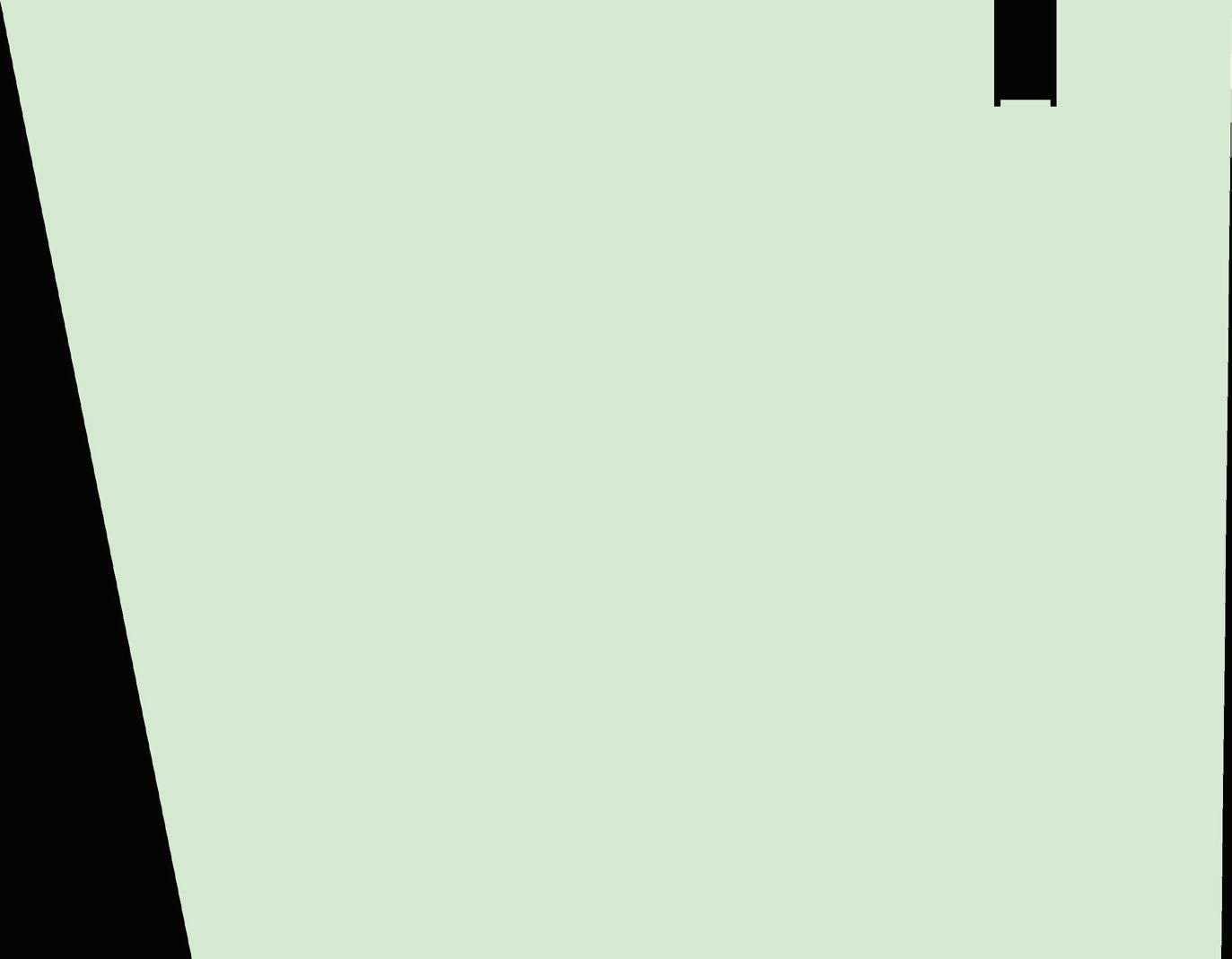
Plant Palette :
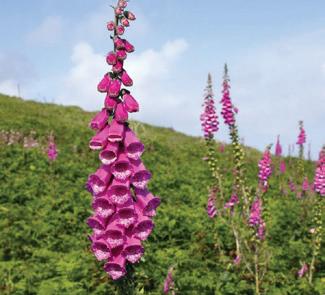
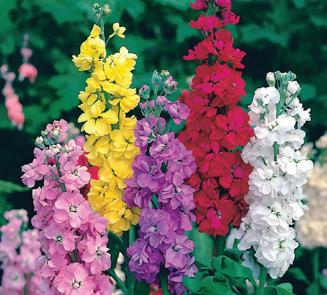
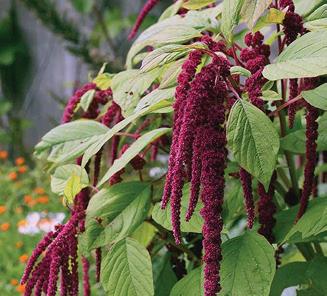

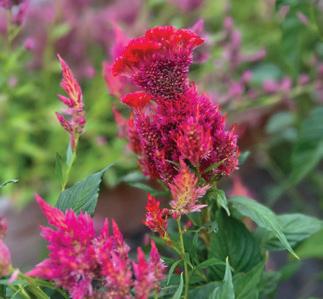
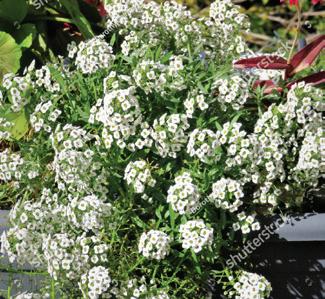
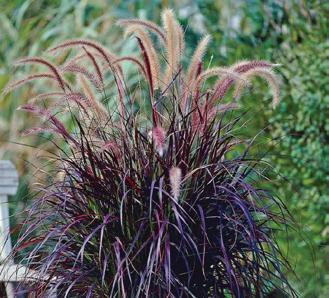
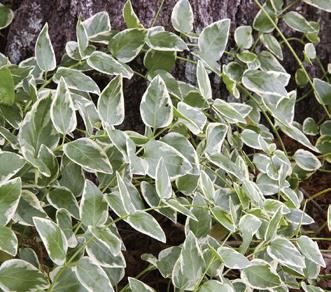
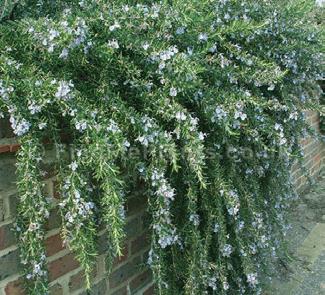
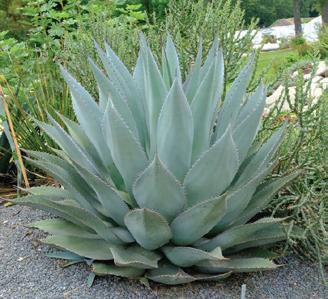
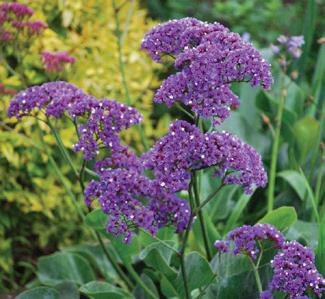
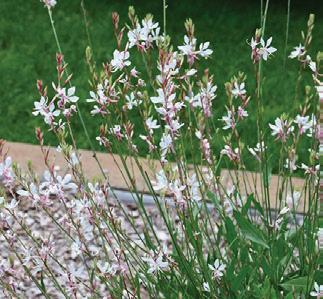


Giroflée (Wallflowers)
Digitalis (Foxglove)
Amaranthus
Celosia
Alyssum
Vinca
Agave
Ajuga
Limonium
Rosemary
Gaura
Pennisetum rubrum
Achillea
Project #2
Concept
:
The existing landscape already carries cultural and visual weight. To build on that with a quiet gesture, 3-4 traditional Lebanese tiles will be distributed on one of the arch domes.
Then, a slim metal structure, will be installed near the Birds of Paradise.
Serving as minimal design element and as a branche for the birds (client›s priority).





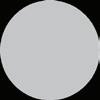
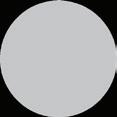

Design :











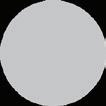
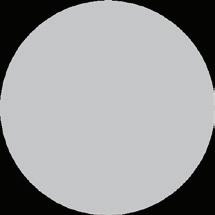
The design is simple and effective, adding more would create unnecessary clutter.


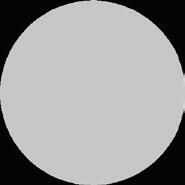

Alyssum & Giroflée
Plumeria Myrtus communis
Sansiveria cylindrica
Aucuba japonica
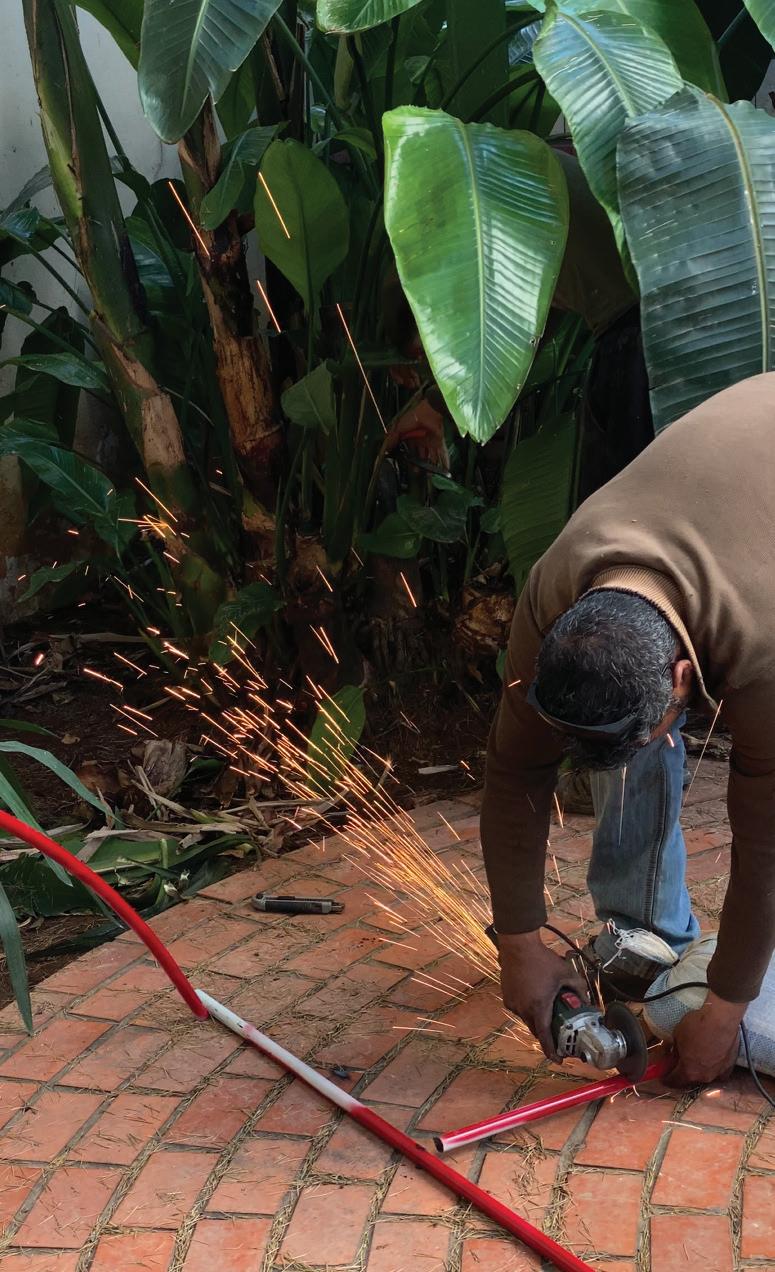
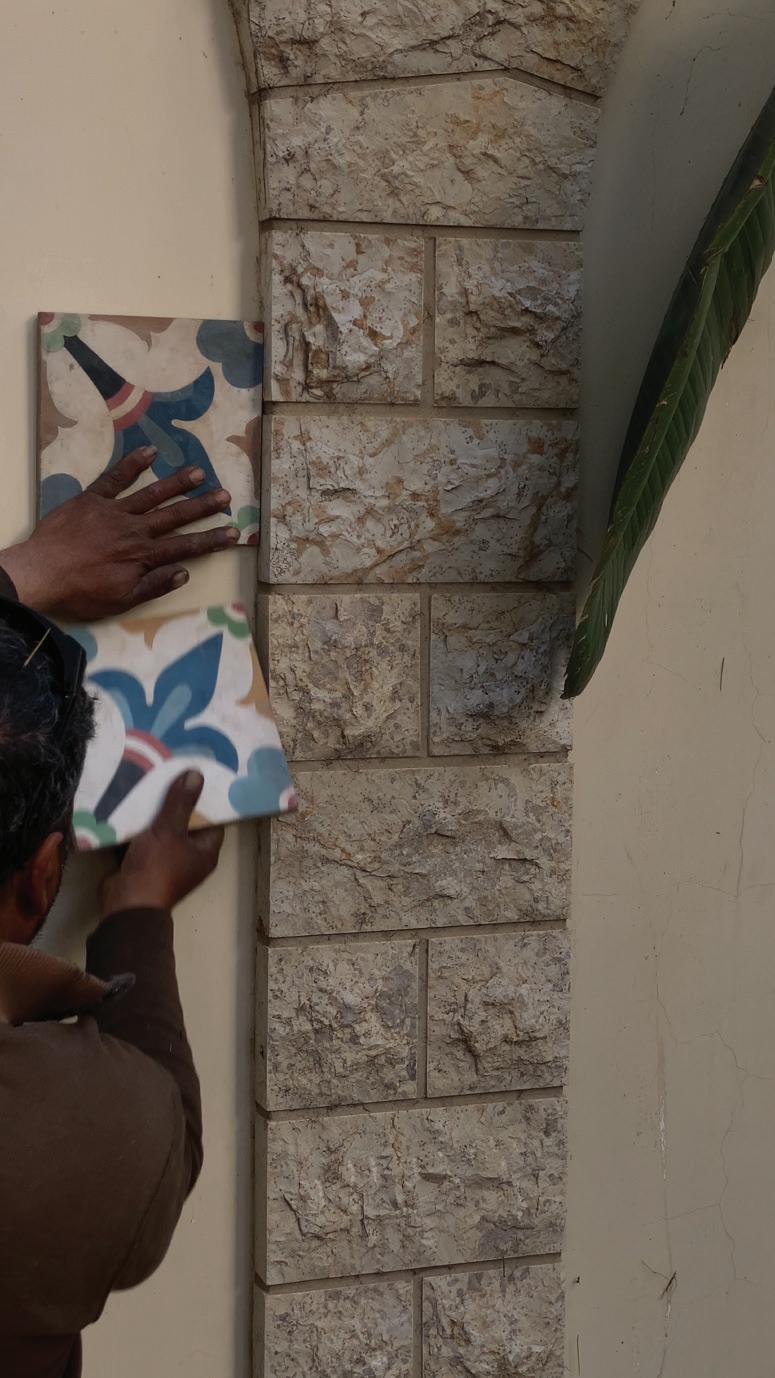
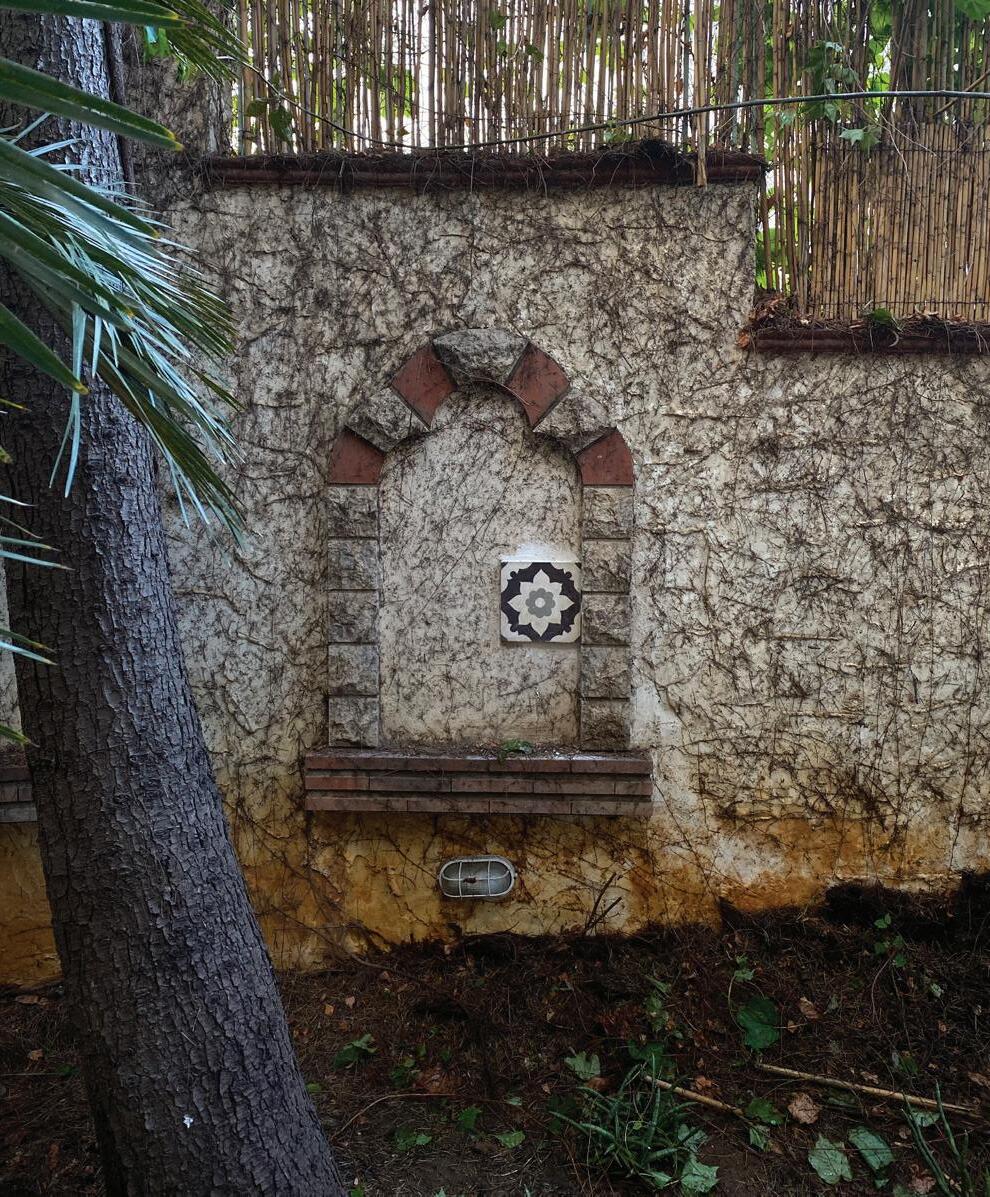
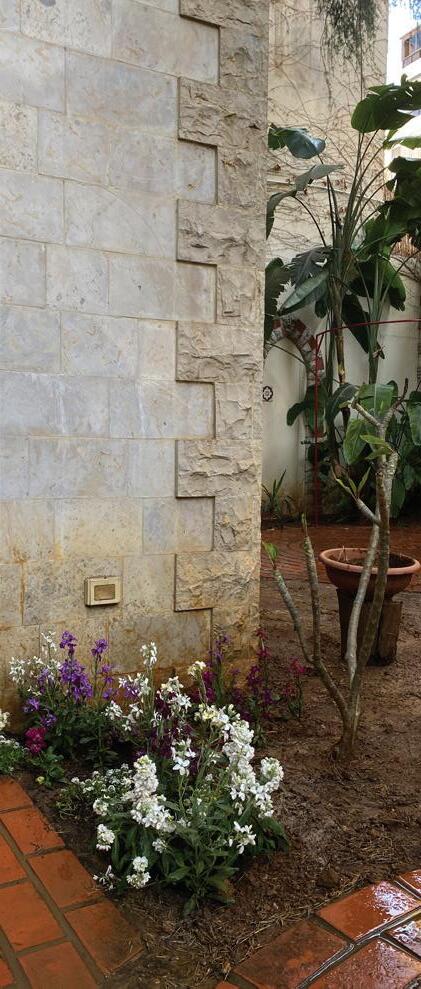


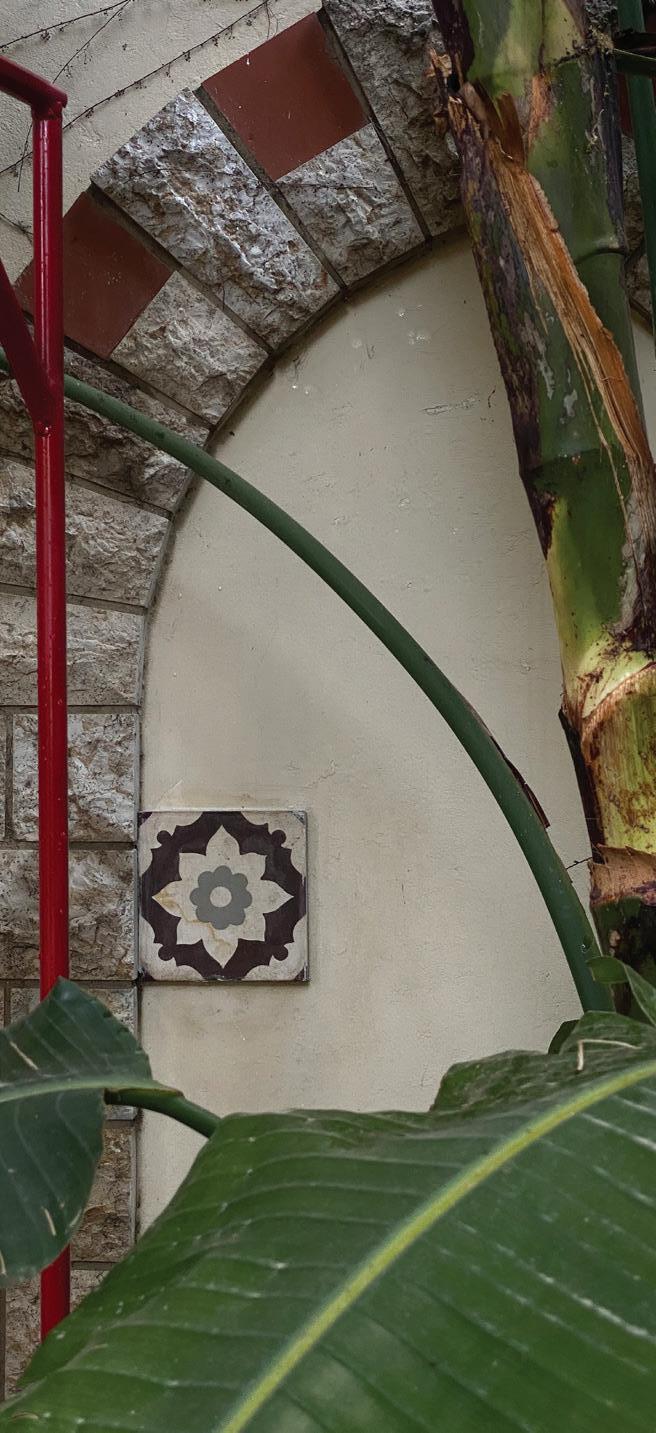
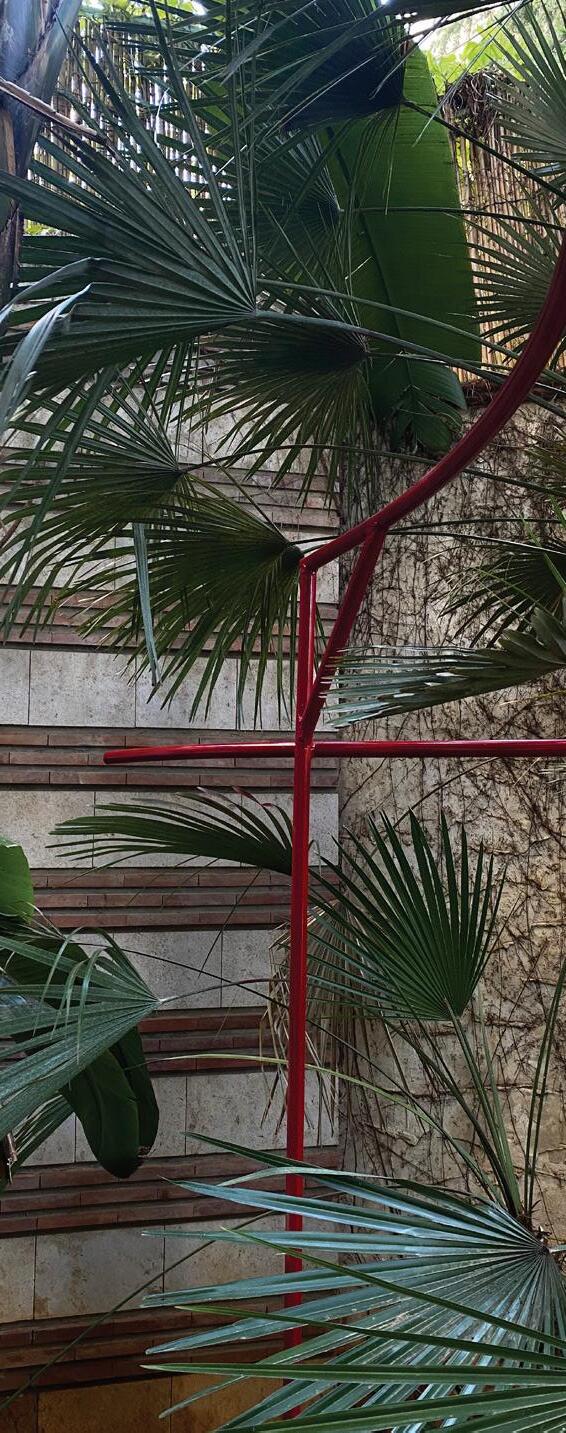
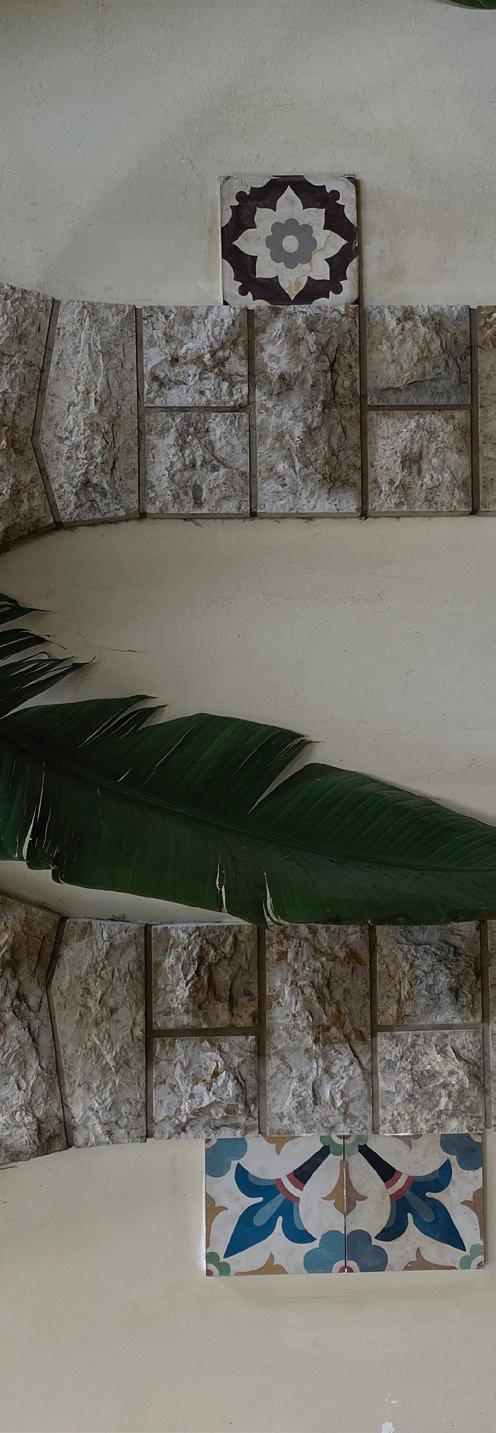
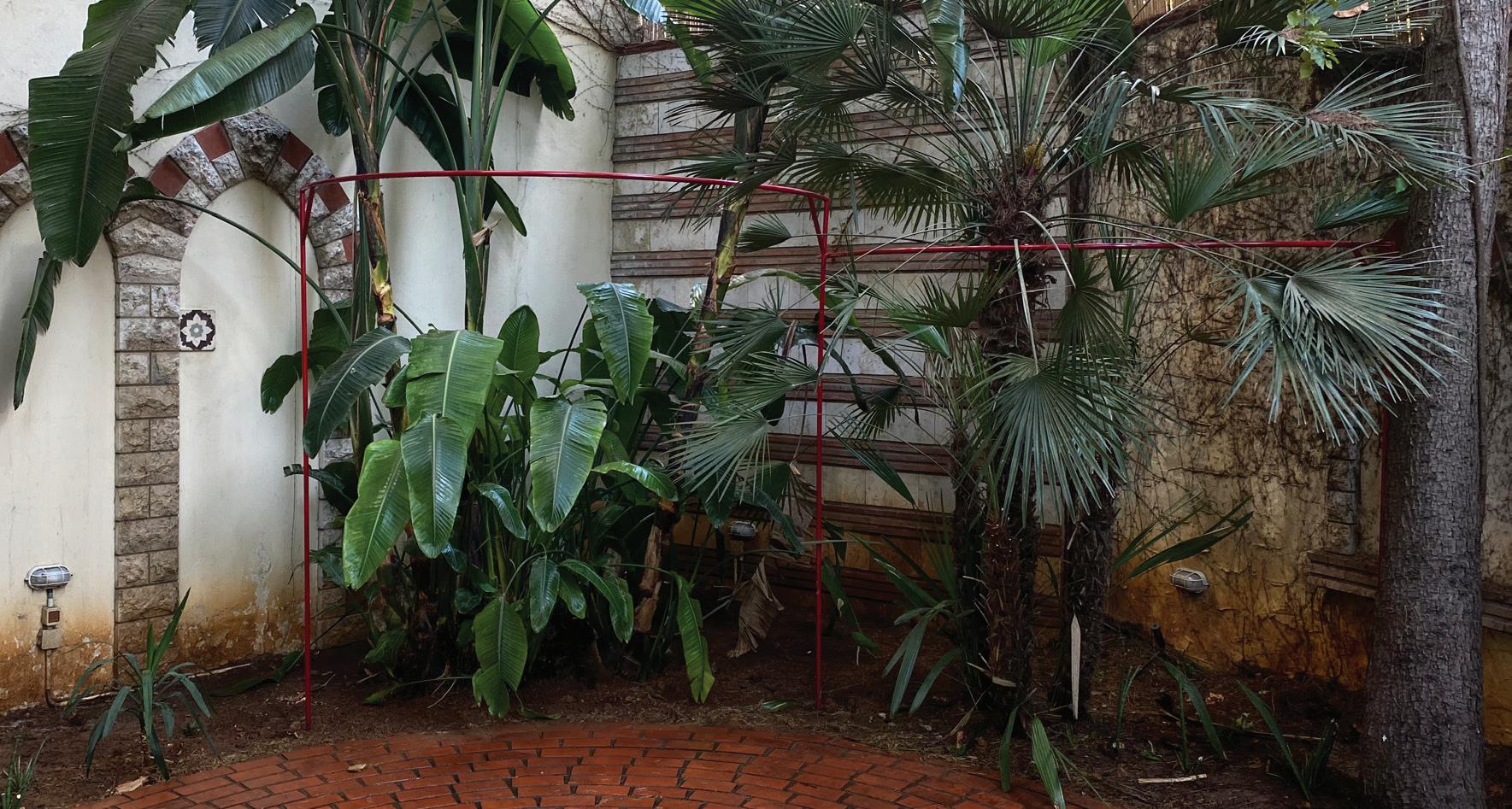
Thesis Project
A Paradigm Shift in Landscape Design
Recognizing the limitations in existing landscape philosophies, my thesis proposes theoretical principles that challenge the traditional, aristocratic, one-way definition of “beauty” tuned to a “higher class” crowd.
Instead, it defends a conscious, collective view of humannature relationships, accepting that we, too, are part of nature, fading the artificial dichotomy between what’s “natural” and what’s “artificial”, emphasizing the role of humans as integral parts of the whole.
The aim is to embrace the natural potential of spaces rather than impose preconceived notions of beauty or order. What humans often perceive as chaos is, nature’s pure order. This attitude towards the space, shifted perspectives, it redefined our interaction with the landscape.
Confronting the climate crisis compels us to rethink space in all its dimensions—social, economic, and aesthetic—by welcoming possibilities rather than solutions.
Though the intentions behind the old ideas are clean and genuine, the way they are communicated can feel like a code bug.
This is an invitation to explore this concept further to understand its implications.
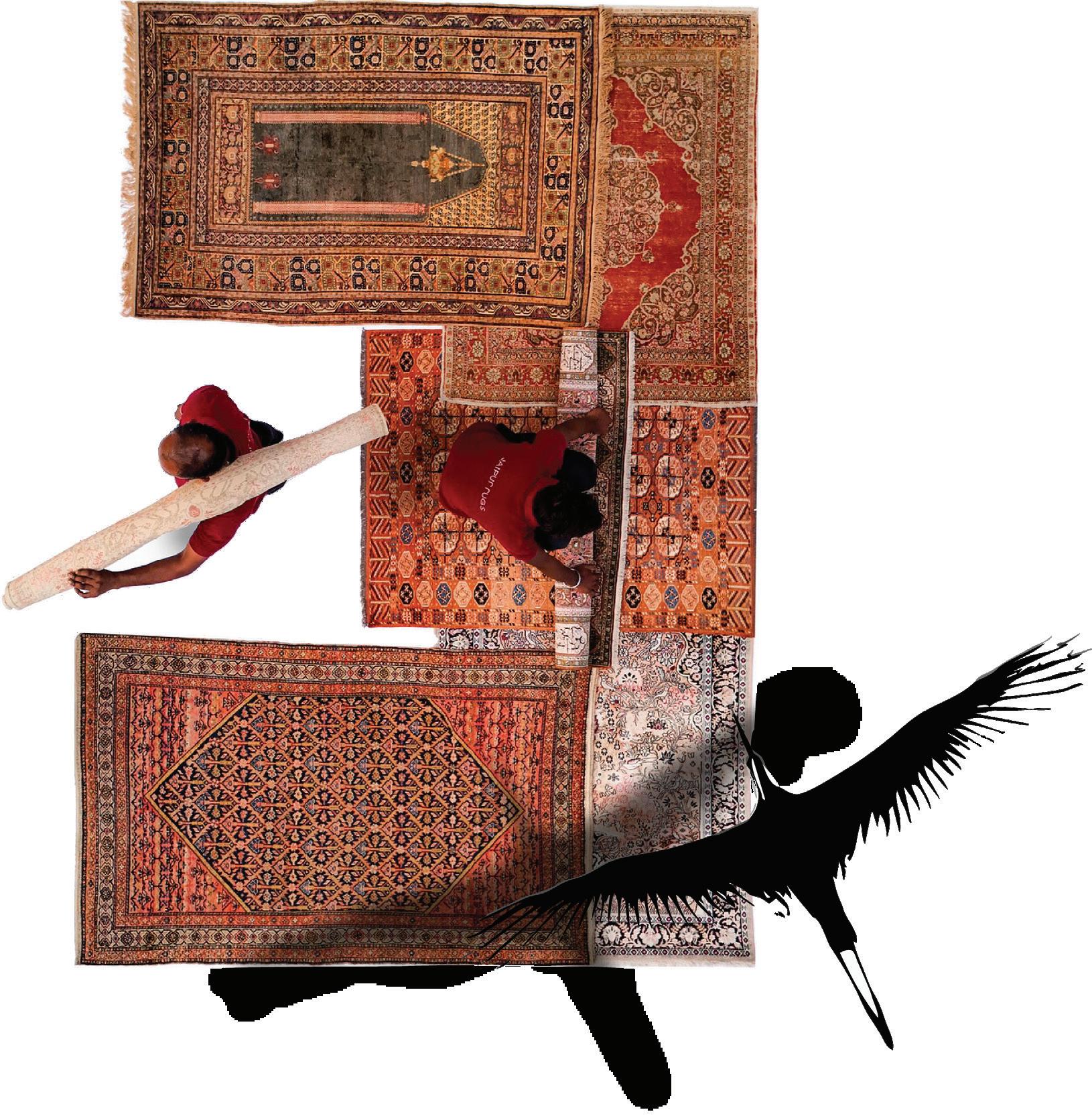
Spontaneity as a Tool Principle #1
Spontaneious vegetations as a tool rather than a philosophy.
Distract the public
A can on the street is trash.
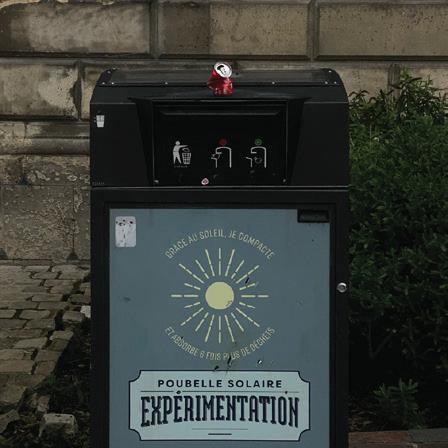
A can in a museum is art.
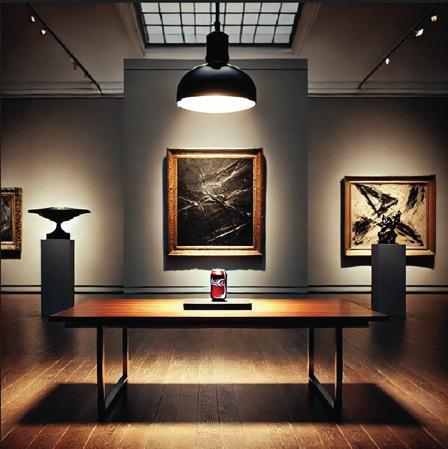
What if we place a piece of art next to “trash” ... Who decides what’s art and what’s trash?
How does the context influence our perception of both?
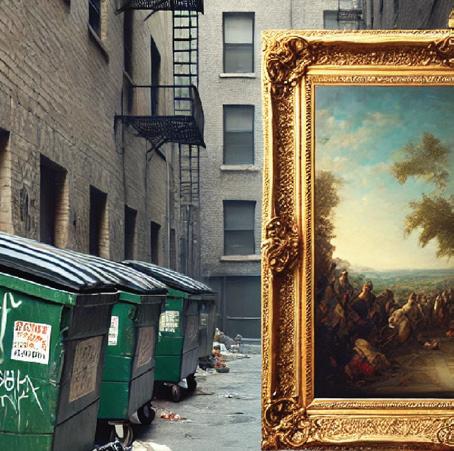
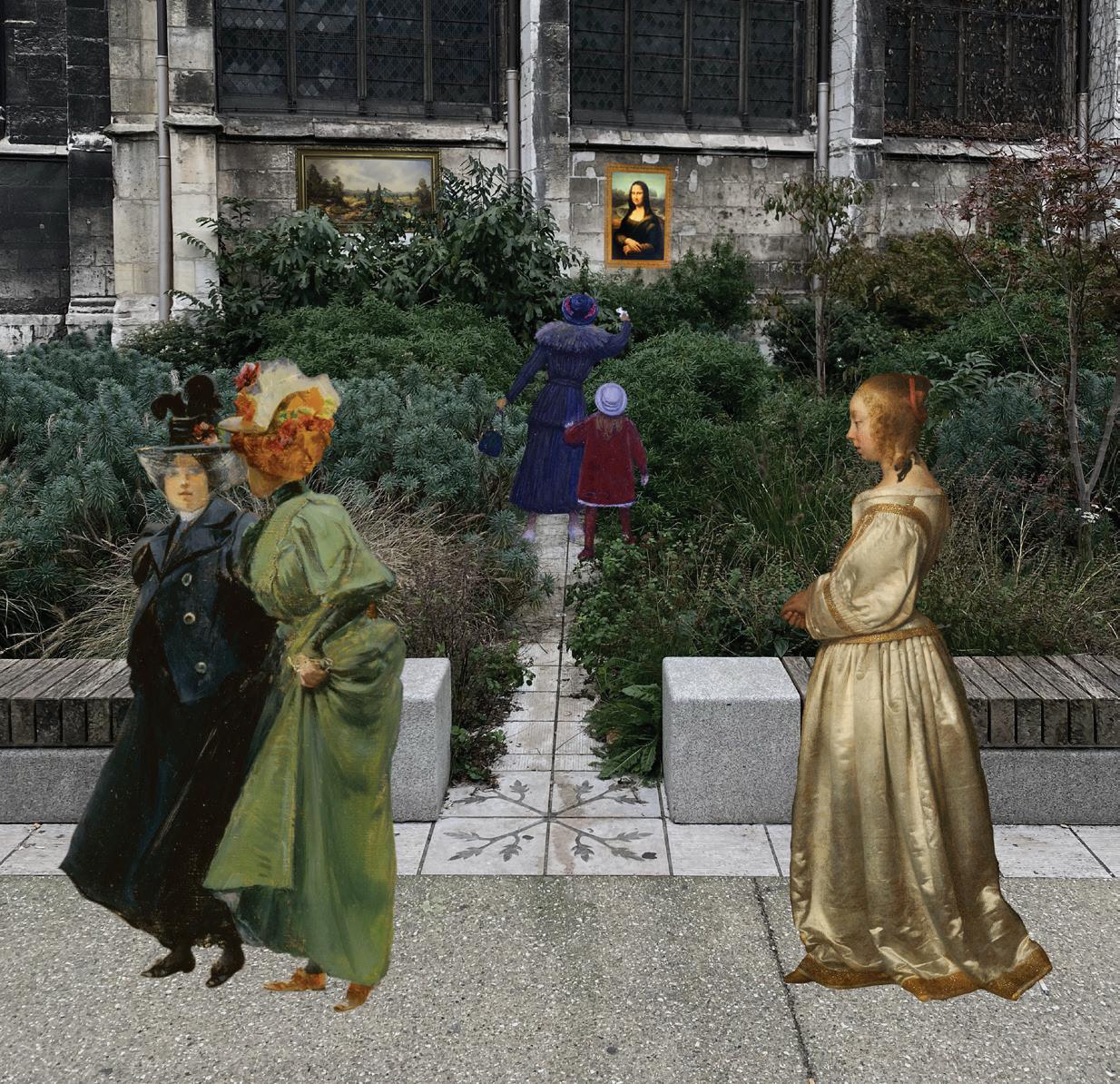
This same logic applies in Landscape.
If you place an art piece next to trash (or spontaneous nature), does the art elevate the trash, or does the trash drag down the art?
We can redefine beauty by rethinking the boundaries between art and waste by distracting the public with art next to chaos, until they are seen both intertwined as art.

Infection for Immunity
Ecological disturbances build resilience.
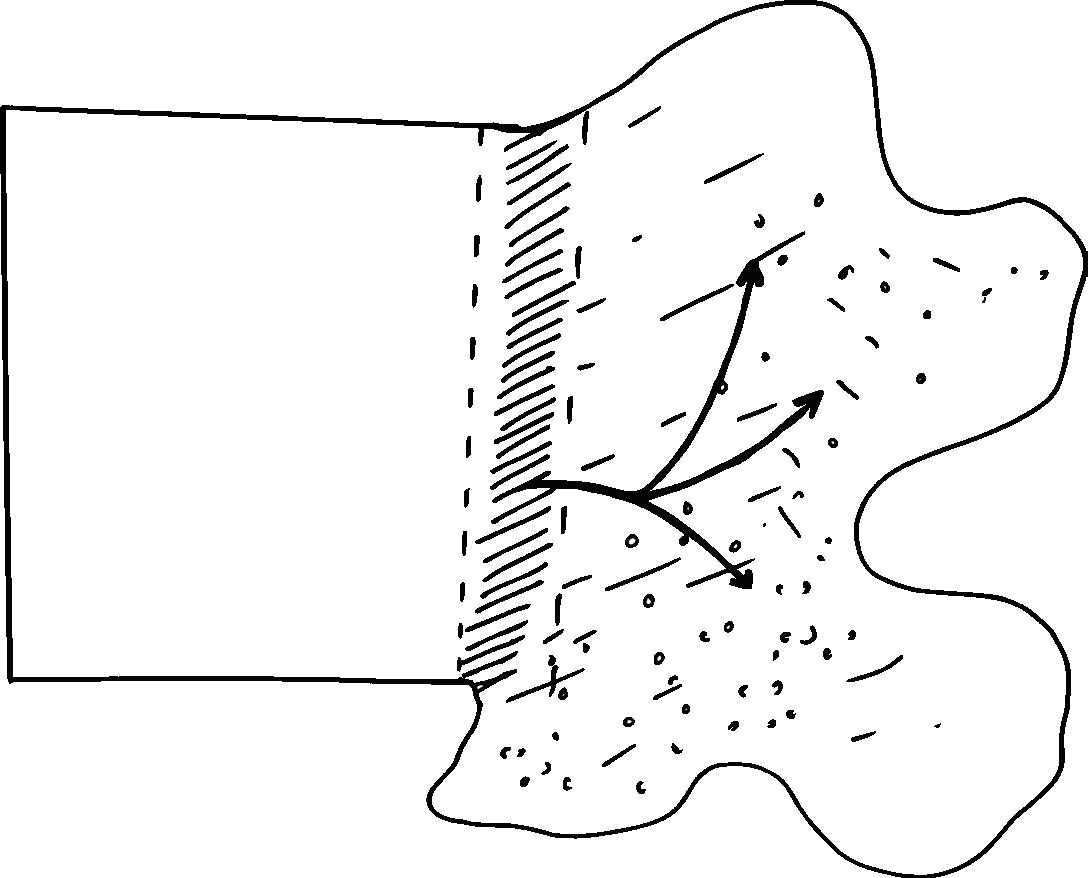
Legend:
A. Managed space
B. Infectious Plants Zone
The term "invasive" species is outdated.
There's a difference between invasive and destructive—and invasive to whom/what, exactly?
If we're working on a degraded or "dead" space, and plants adapted to those conditions begin to emerge naturally, why not embrace and encourage them?
These species, often labeled invasive, can start the restoration process.
A. B.
C.
C. Dead Space
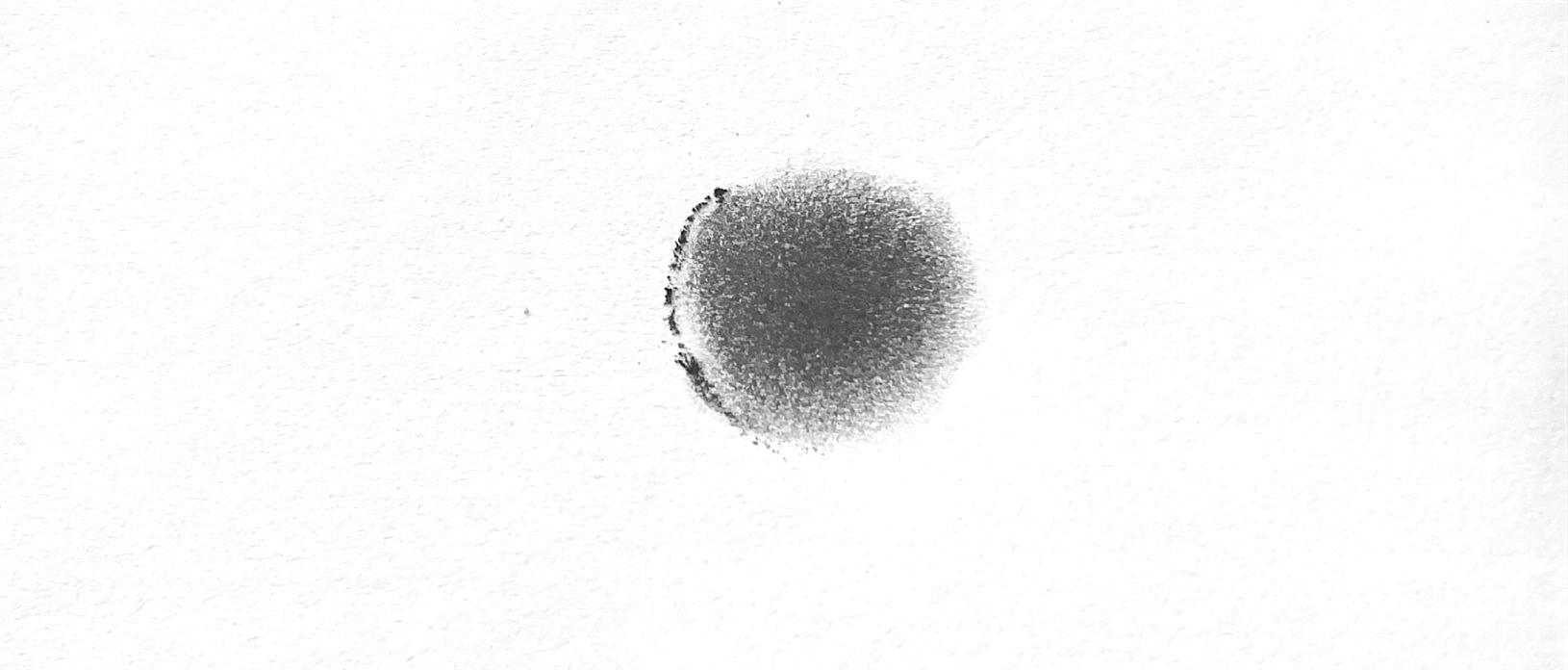
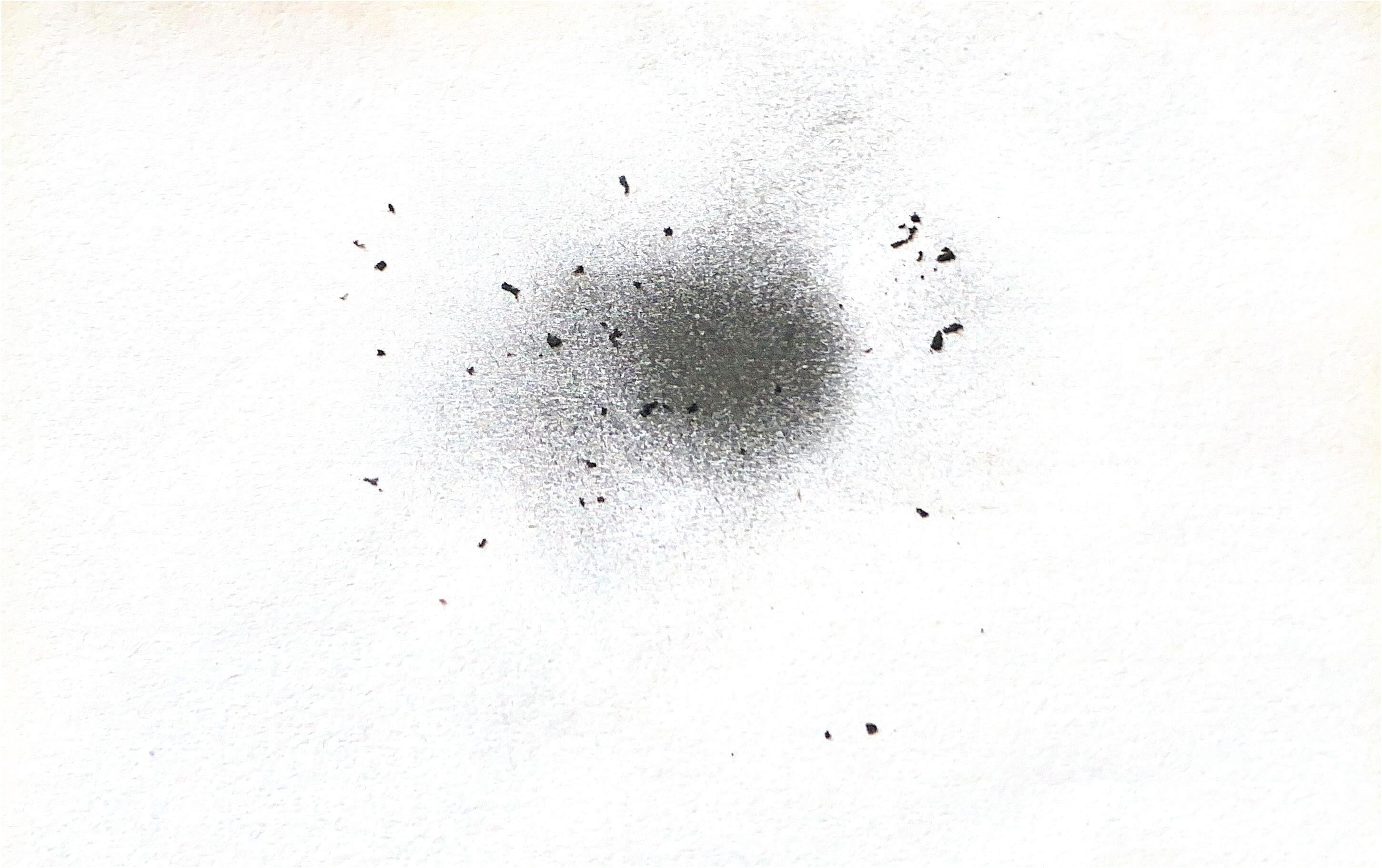
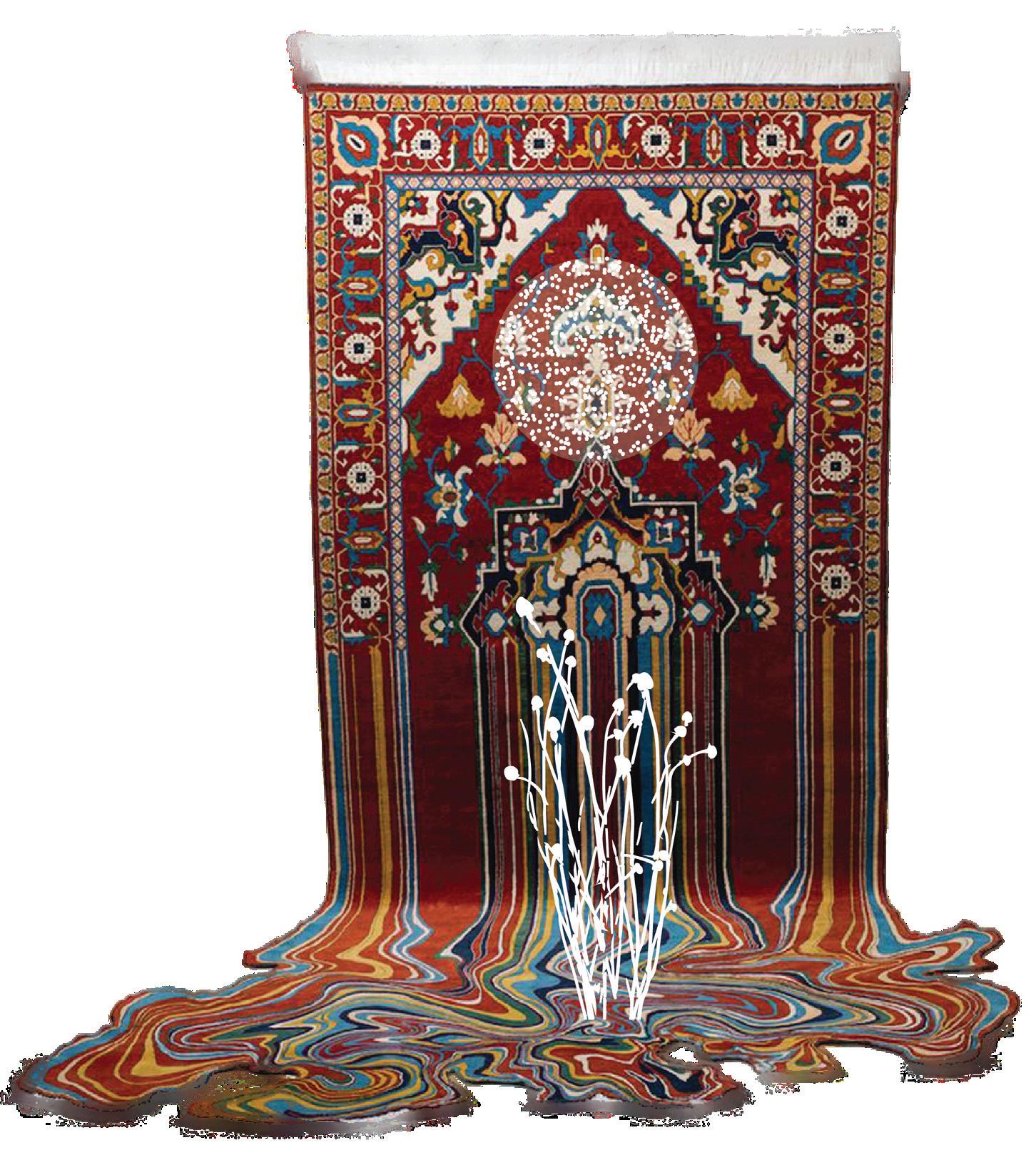
Taking this idea further, we could intentionally introduce such species or concepts as an extension of the landscape.
Instead of fighting these plants, we align with their strengths to turn neglected spaces into functional, regenerative landscapes.
If applicable, consider applying the concept on the edges of an already cured landscape.
Microtopography & Planting in Layers
Subtle variations in elevation can go a long way.
This approach rooted from the Miyawaki method.
While this method creates ecological corridors, it has notable flaws (high plant mortality and stress).
Plants under stress are more vulnerable to pests.
Microtopography can be a possibility to wear off the stress by allowing better water distribution and soil (and space) aggradation, while layered planting reduces sunlight competition among plants.


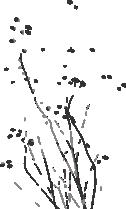


We design spaces that feature pockets of biodiversity with areas for human activity, instead of isolated forest pockets.
These pockets can act as shelters for other species and micro-ecosystems while ensuring humans have designated spaces for interaction without disturbance of both ends.
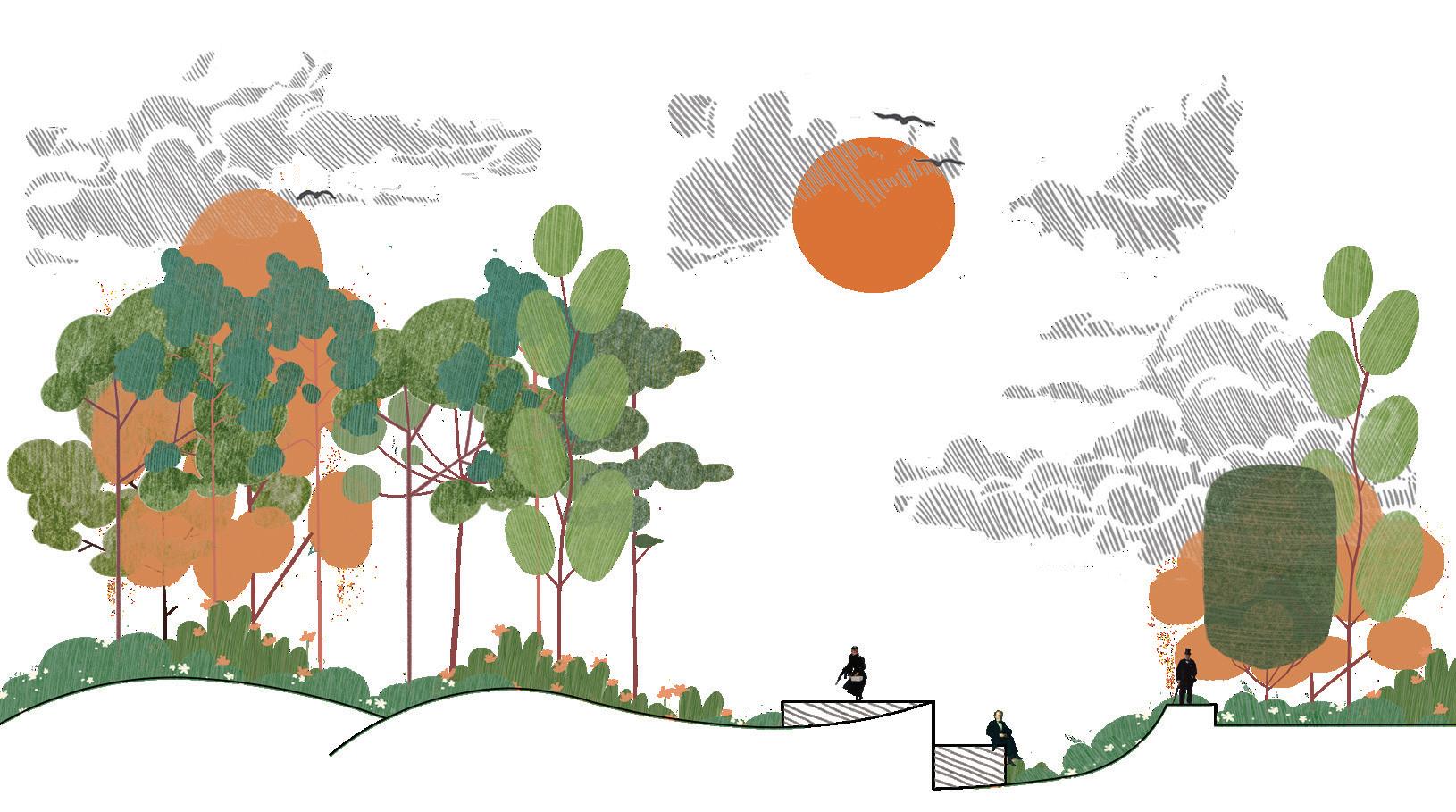
Legend:
Micro-pocket biodiversity shelter. Organic matter collection.
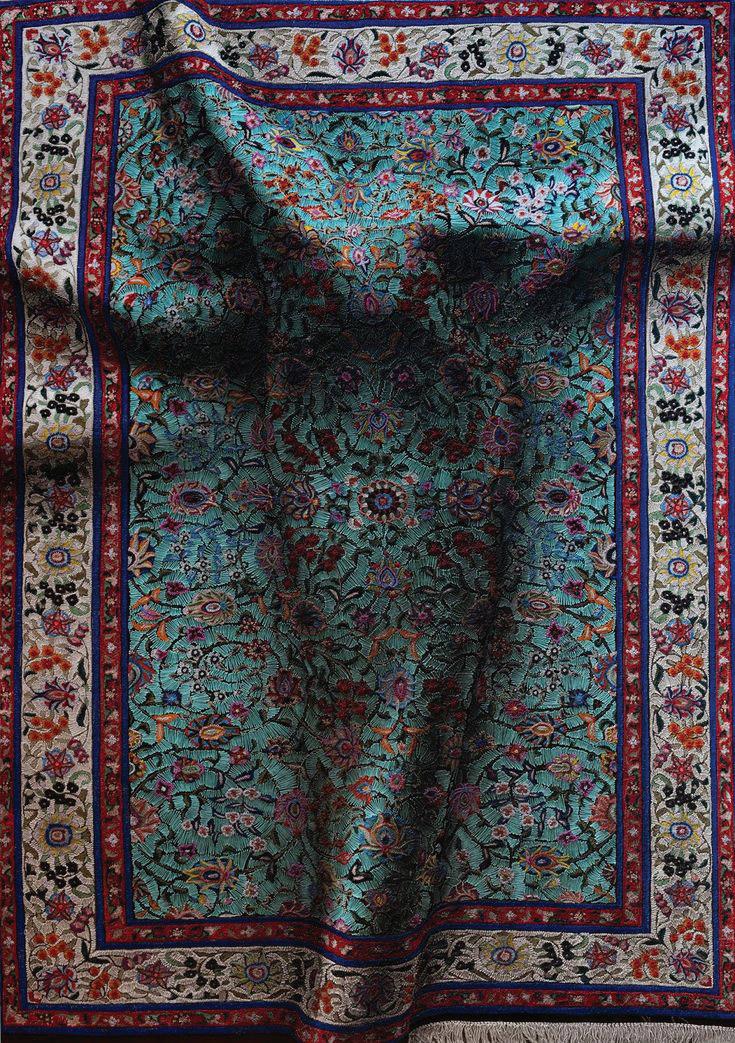
Ecotones, and What’s so Special about the Mona Lisa
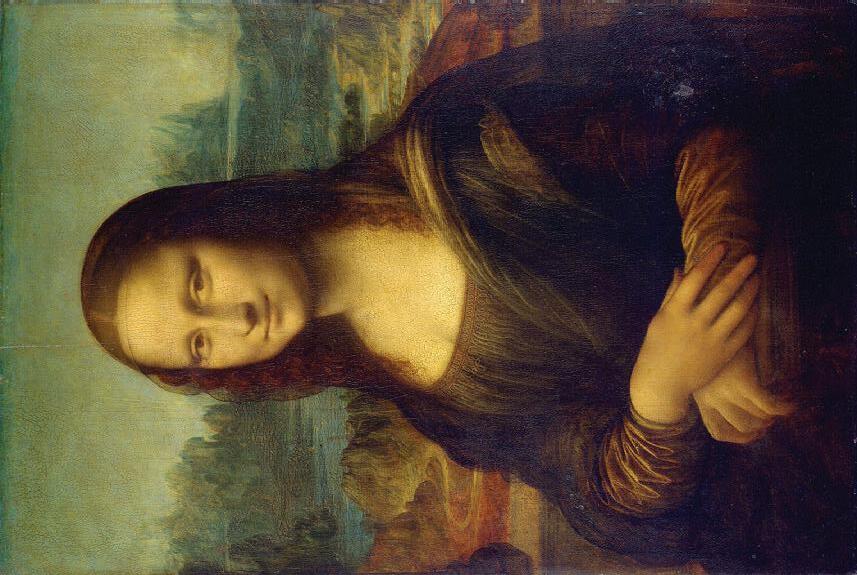
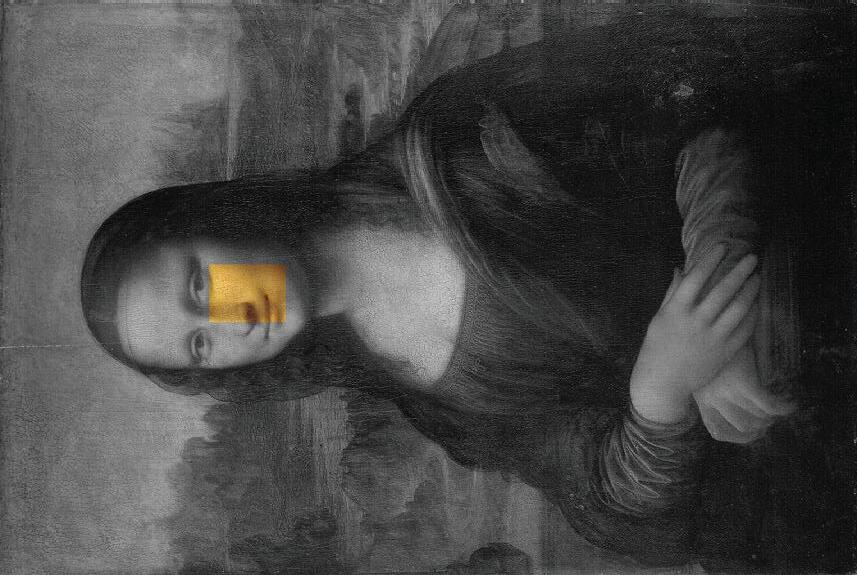
Leonardo da Vinci’s sfumato technique—the blending of tones without harsh edges—can inform our approach to ecotones, the transition zones between ecosystems.
In the context of landscape design, ecotones function as nature’s sfumato, where boundaries are gradual.
Intentional ecotone consideration in design creates a soft, layered transition between fauna and flora communities.
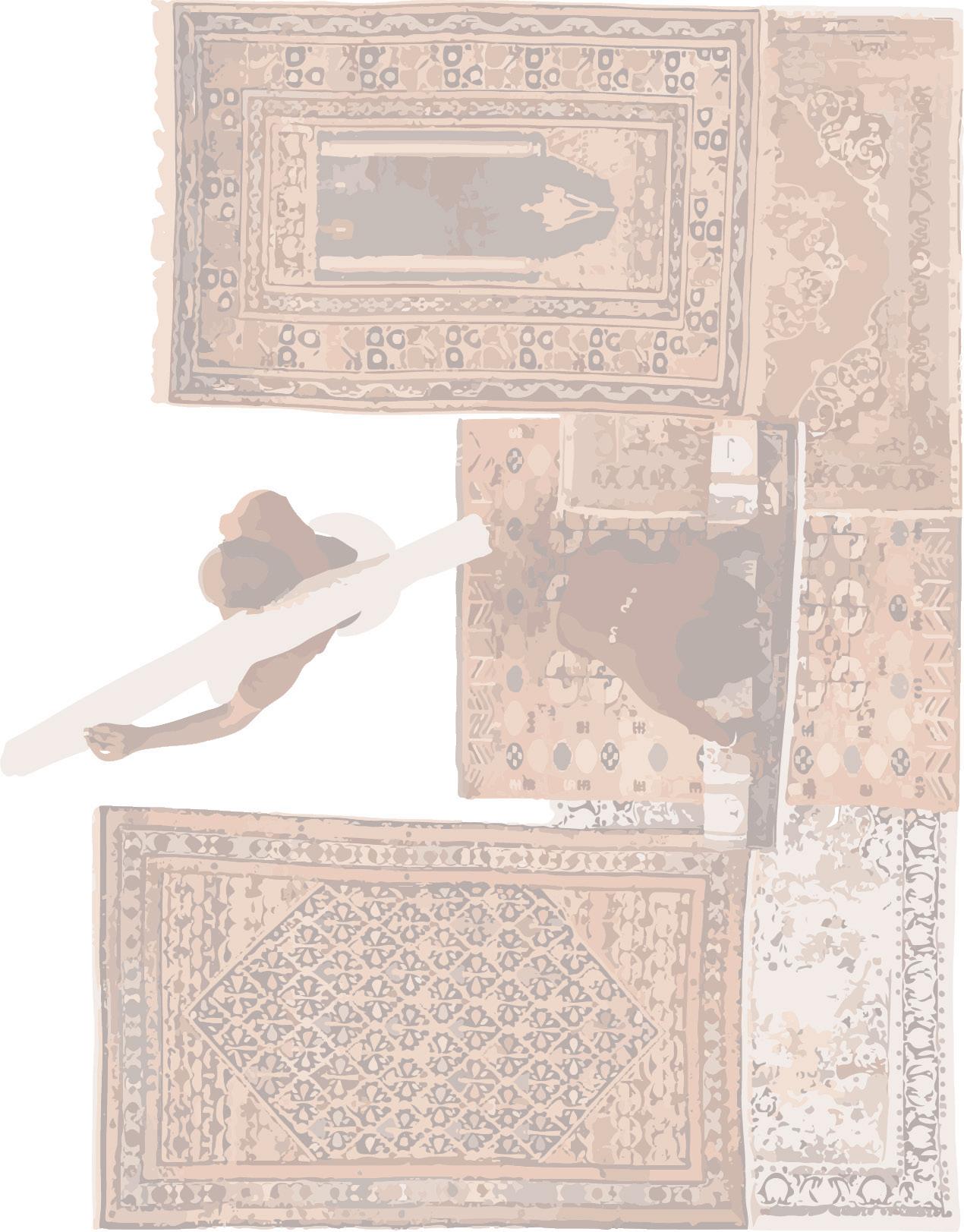
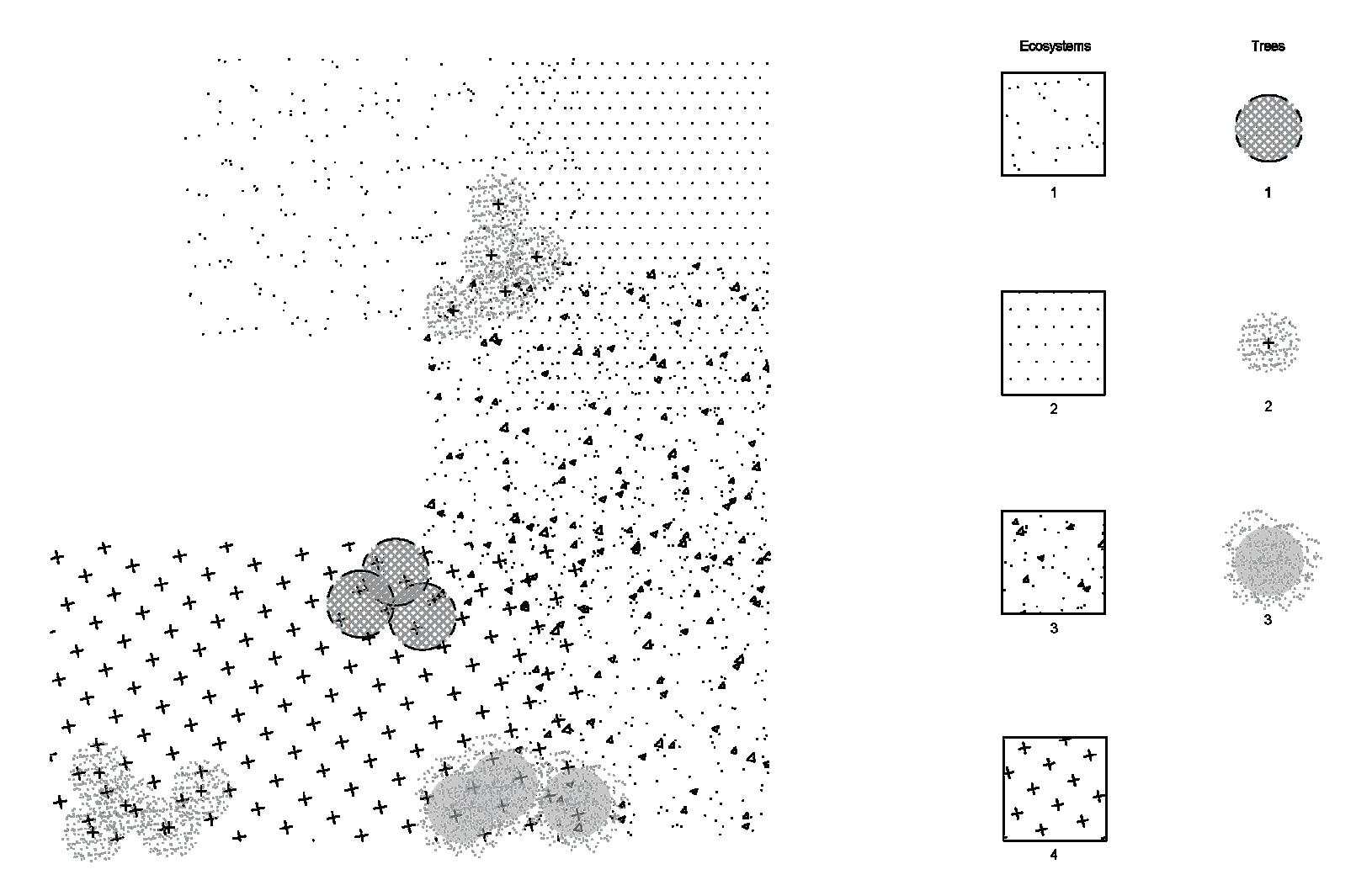
Beirut Art Center
Call for emerging artists
Portray fire using your art.
The idea is to let the landscape grow wild, free from control or order, and then burn it. Not as an act of destruction for the sake of it, but as a way of revealing something hidden. Fire and water are enemies, but here, water steps away, letting fire do its work.
What survives, survives. What doesn’t, doesn’t. Beneath the ashes, pieces of something else show up — carpets, tiles, debris from explosions. They’ve been there all along, just buried.
No intervention to protect or preserve. Just fire and what it leaves behind.
Proposal : Fire as a Tool
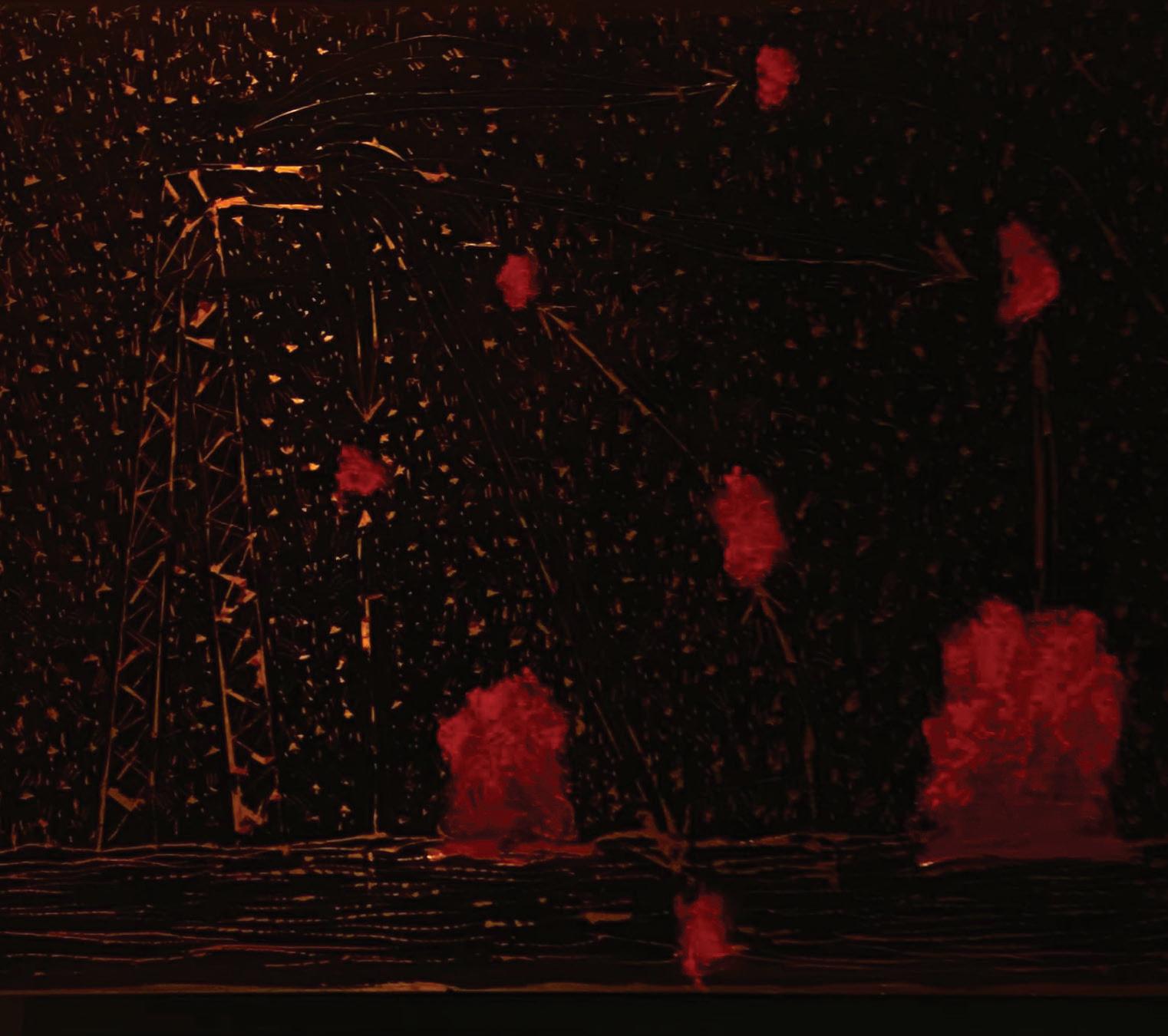
Janaina Wagner
When the Second Sun Arrives, 2024 Diptych, oil bar on engraved lead; engraved lead 11 × 16 cm
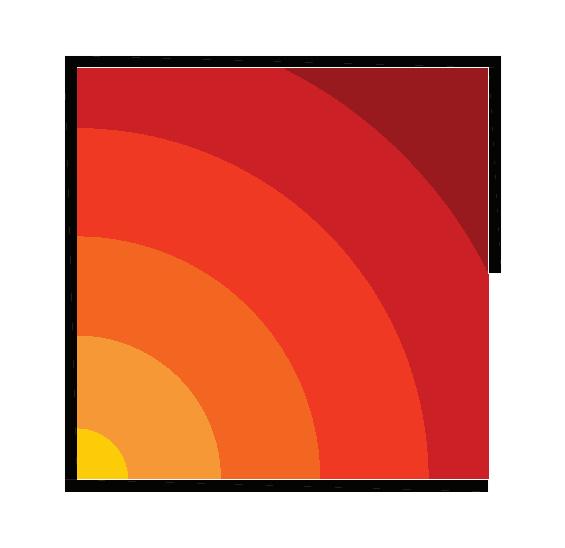
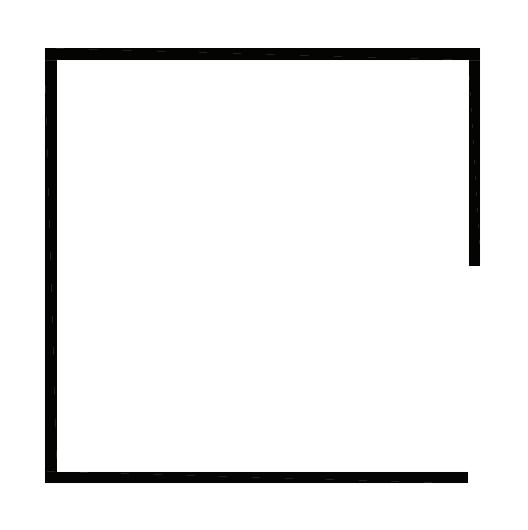
Rebirth
After the fire, a hidden pattern is revealed.
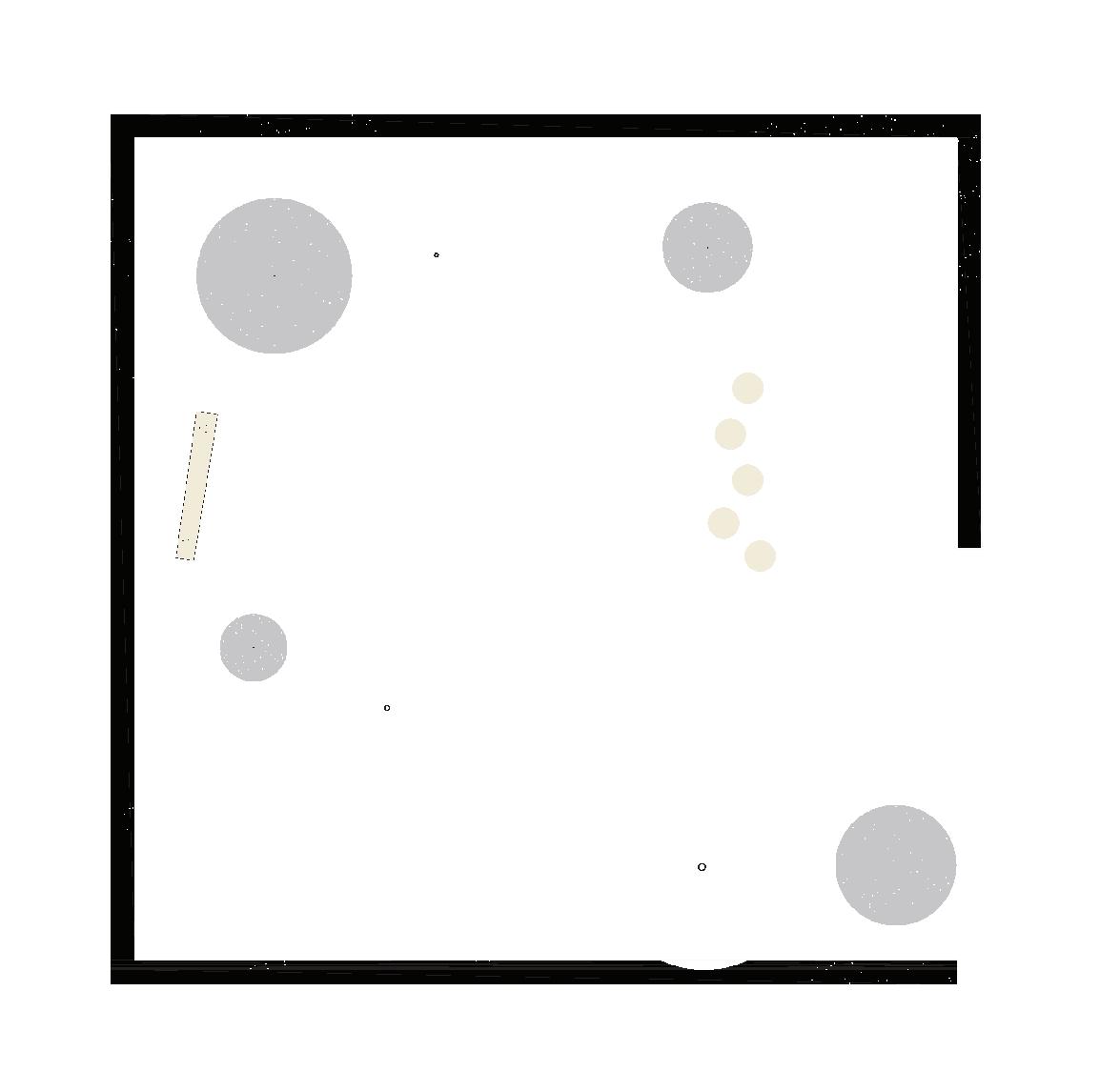
وThe new landscape remains as a permanent “park,” holding its own story.
